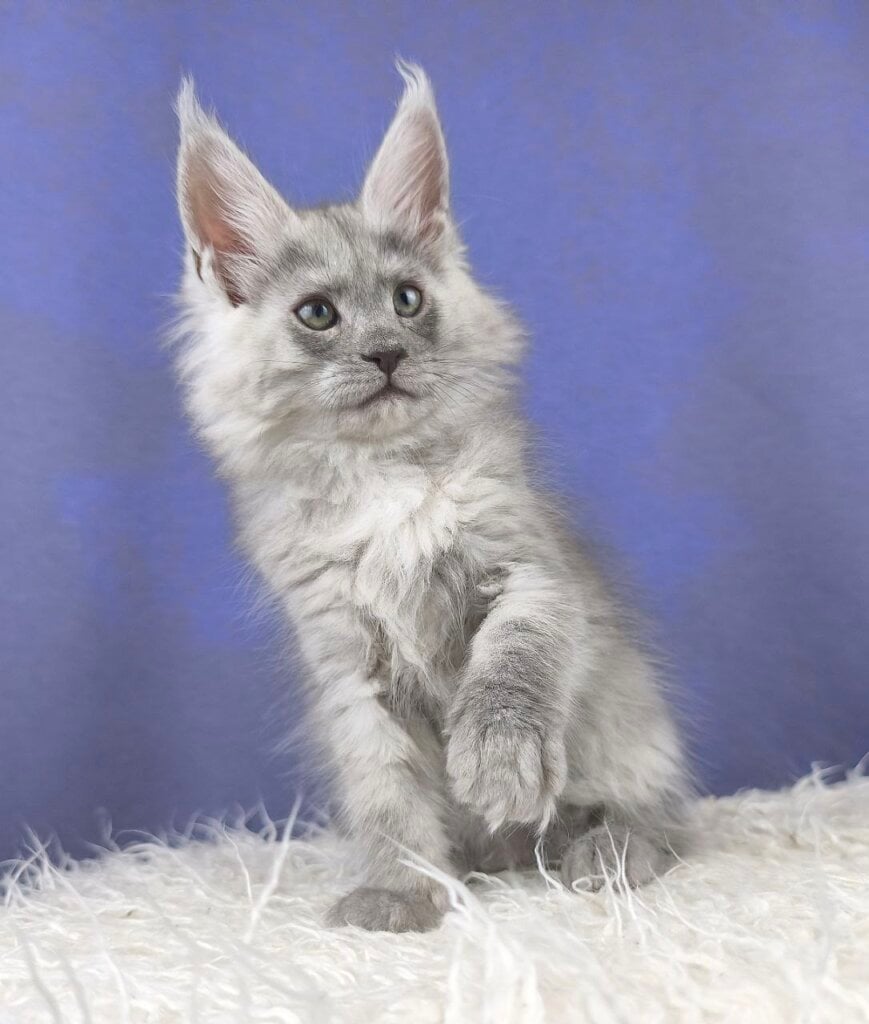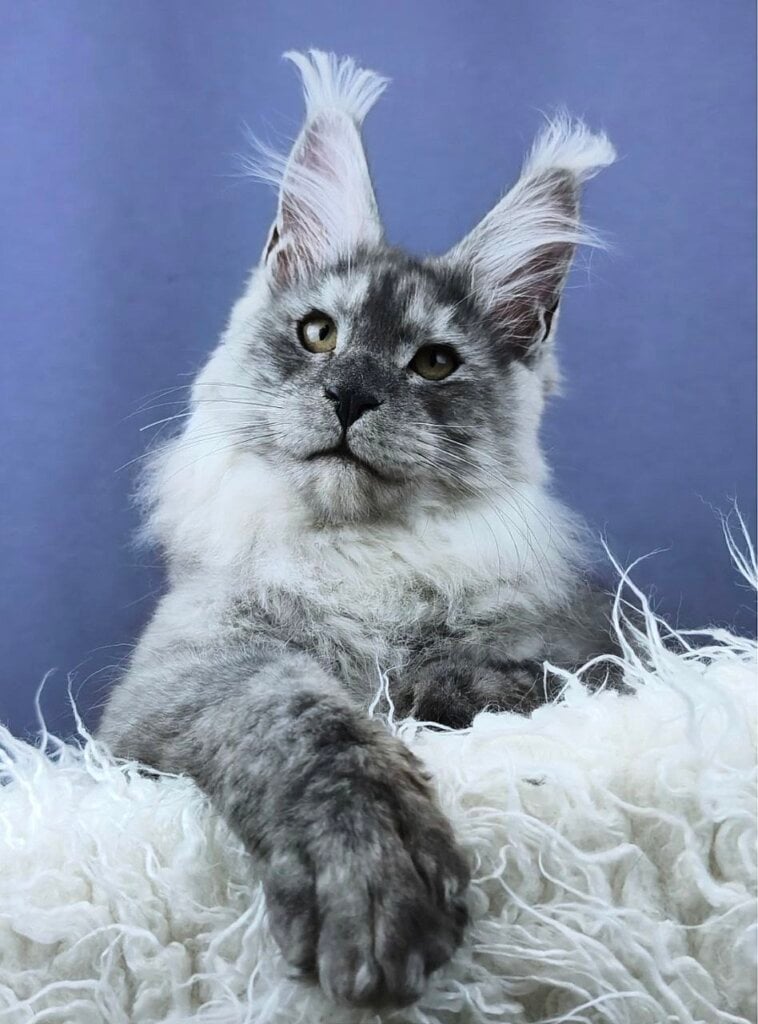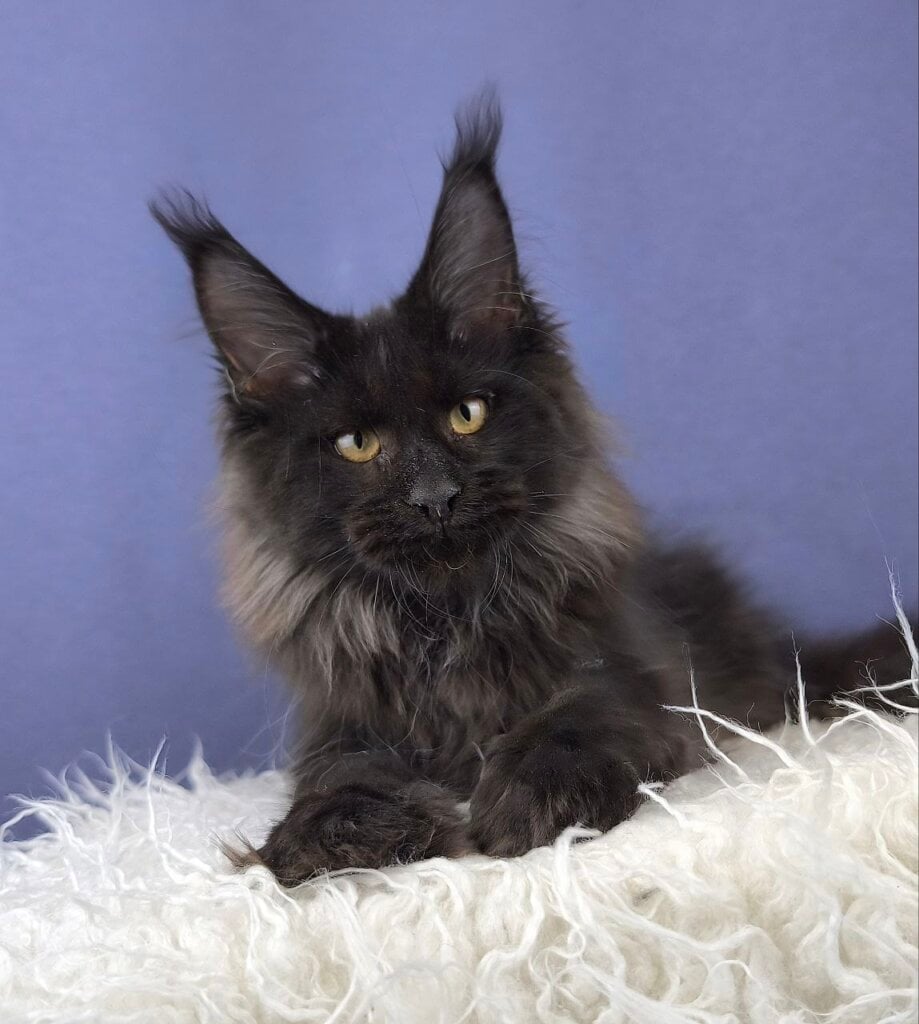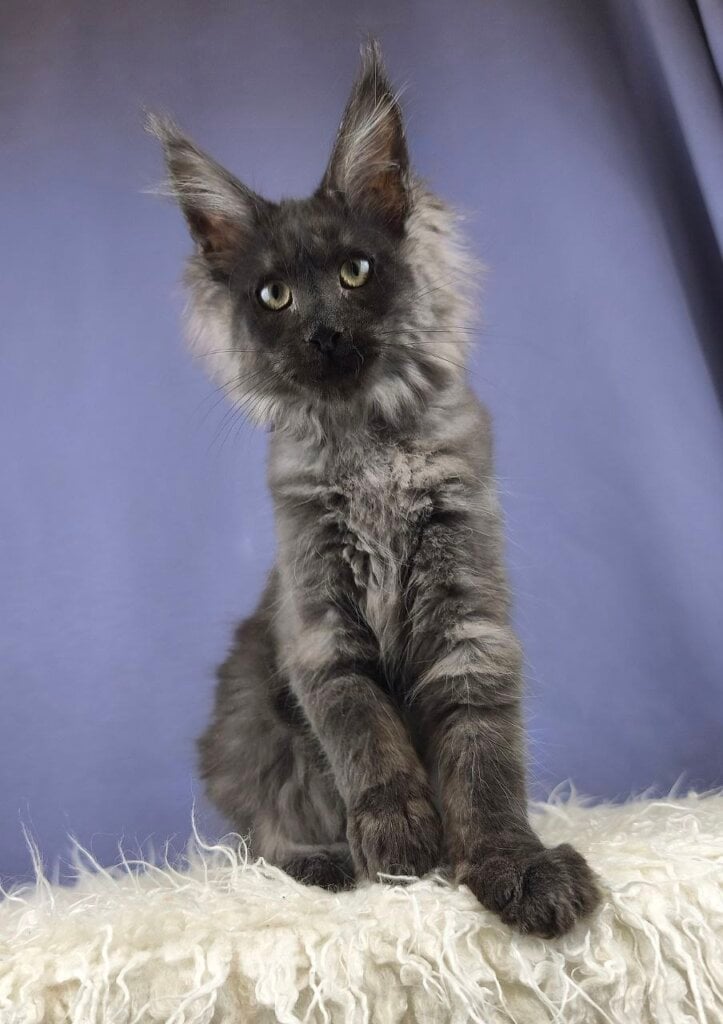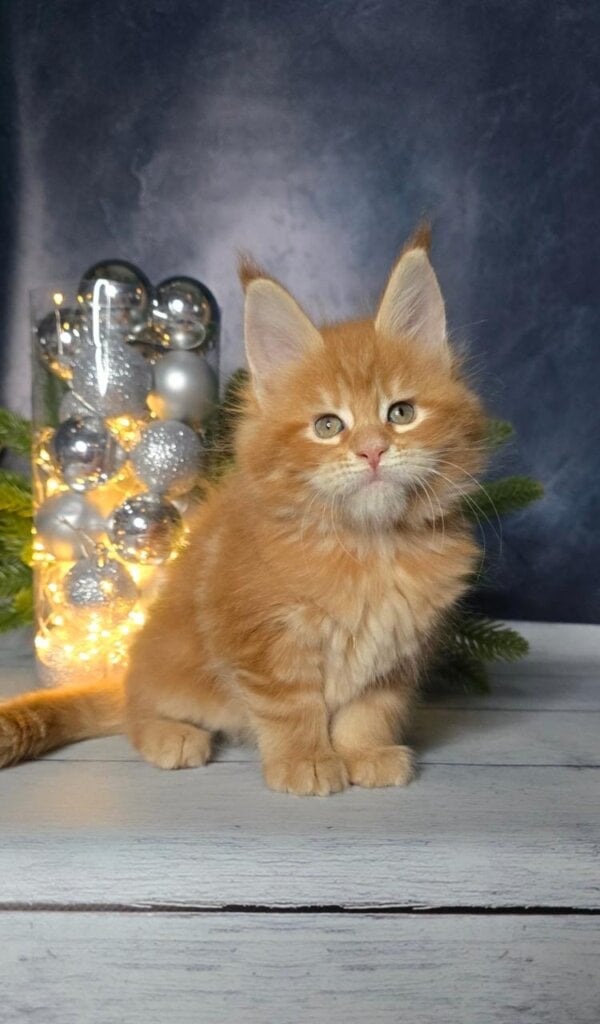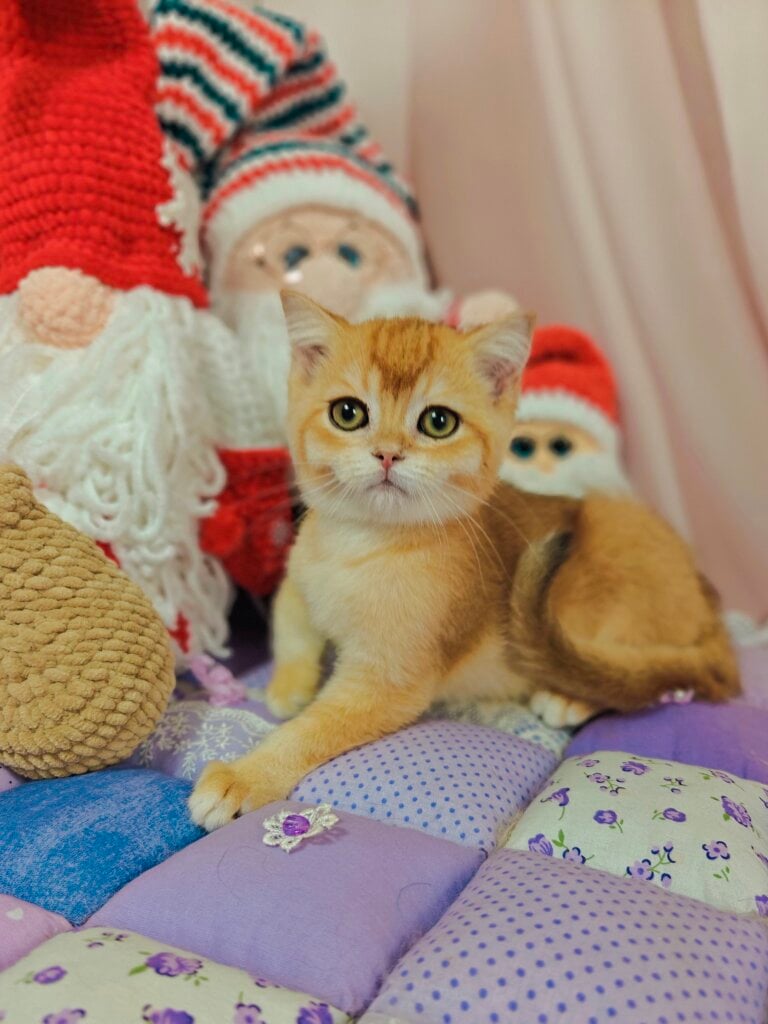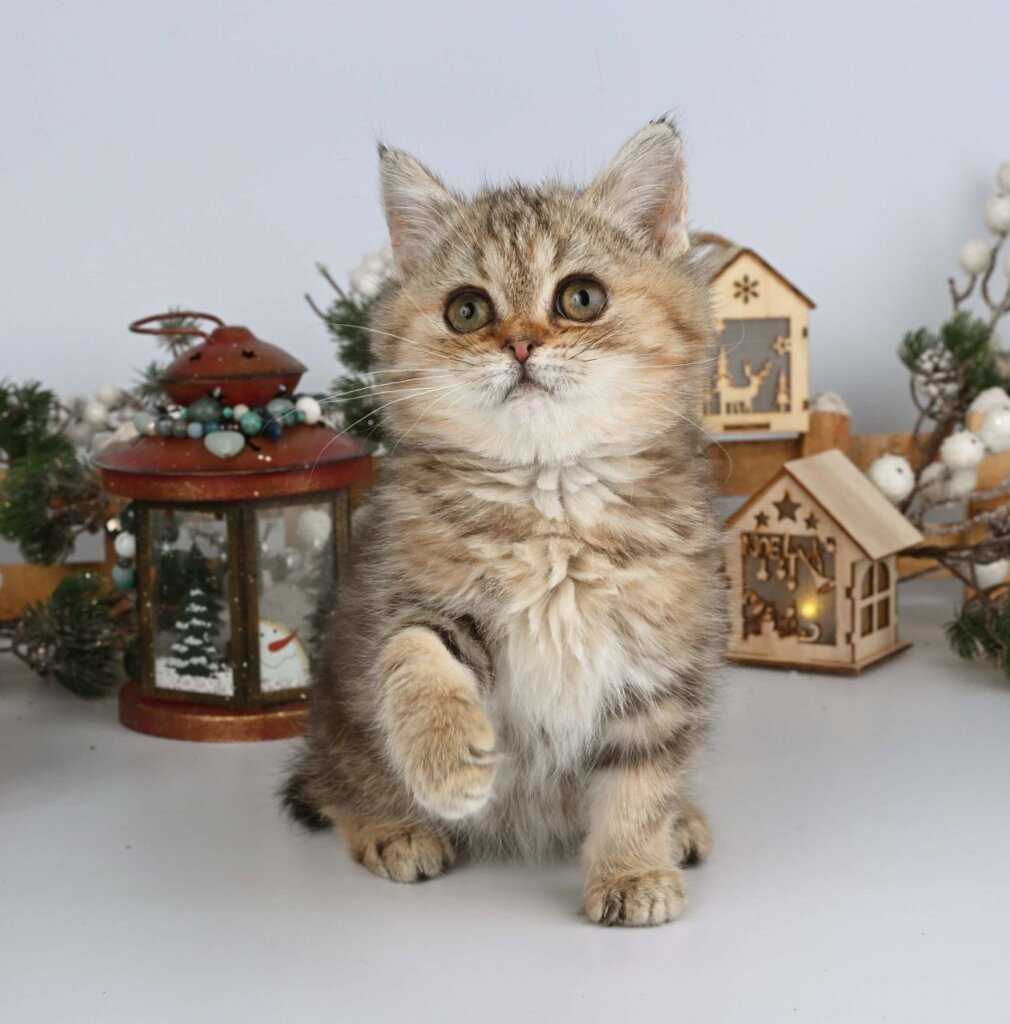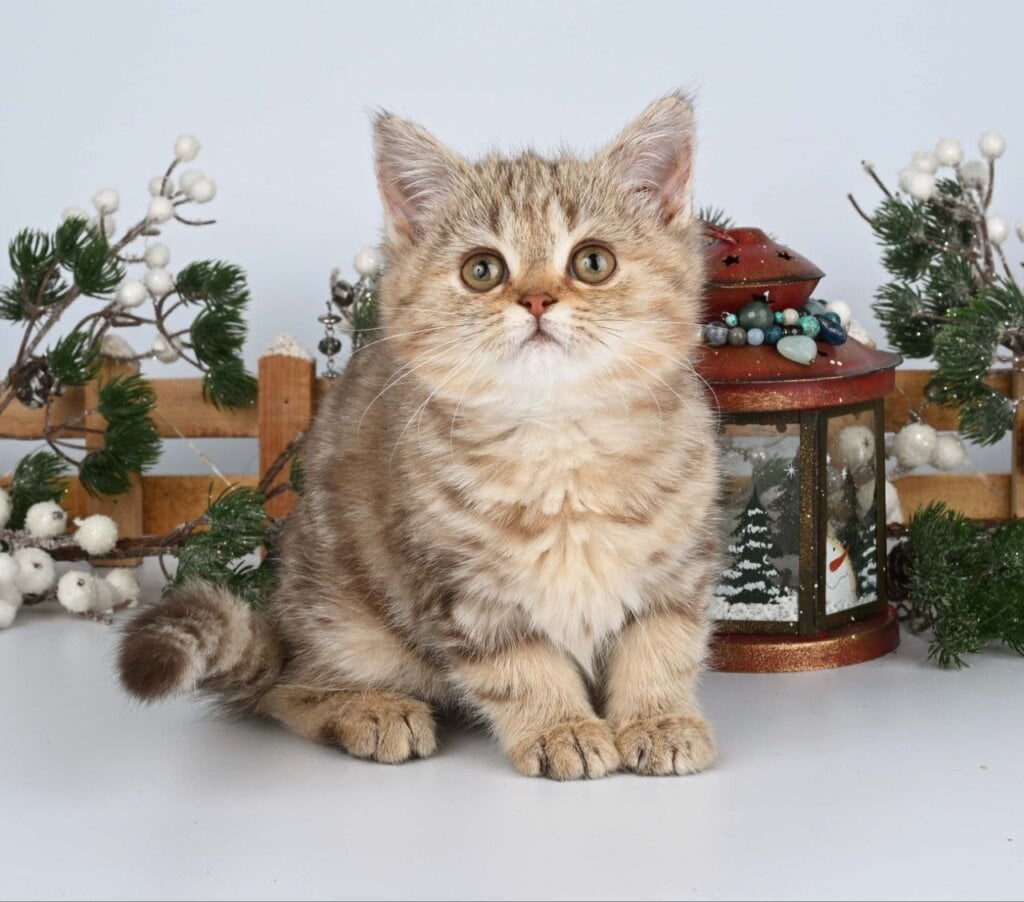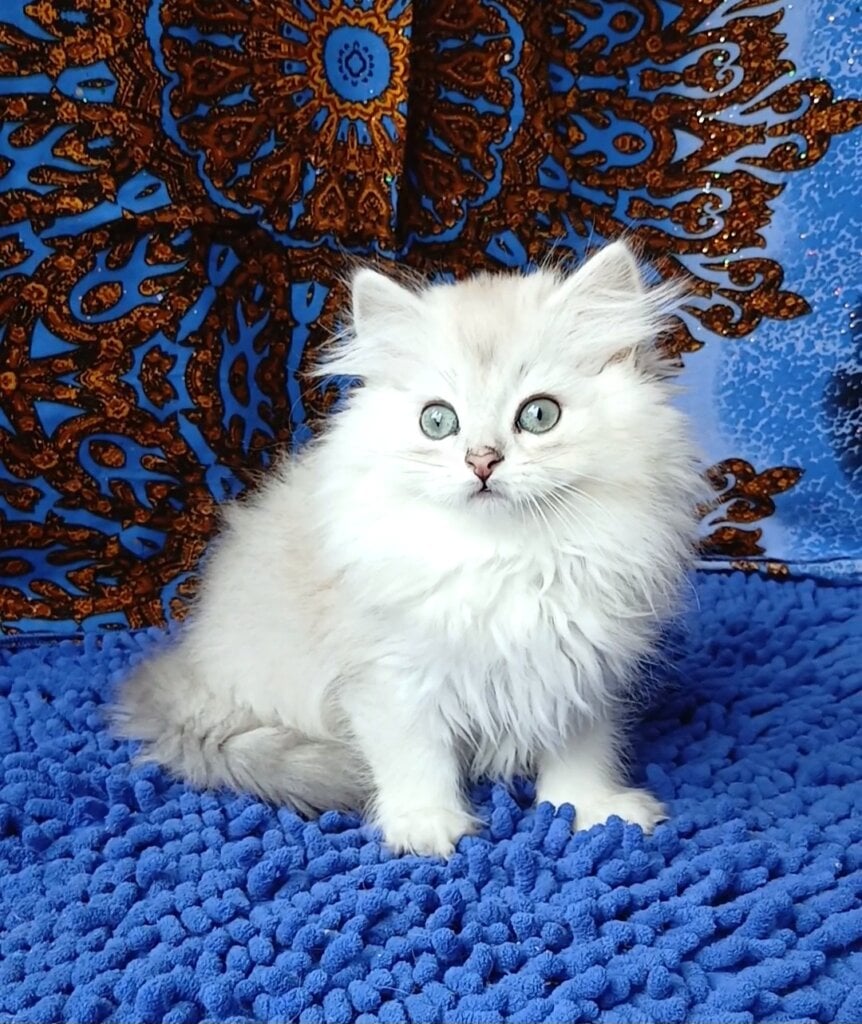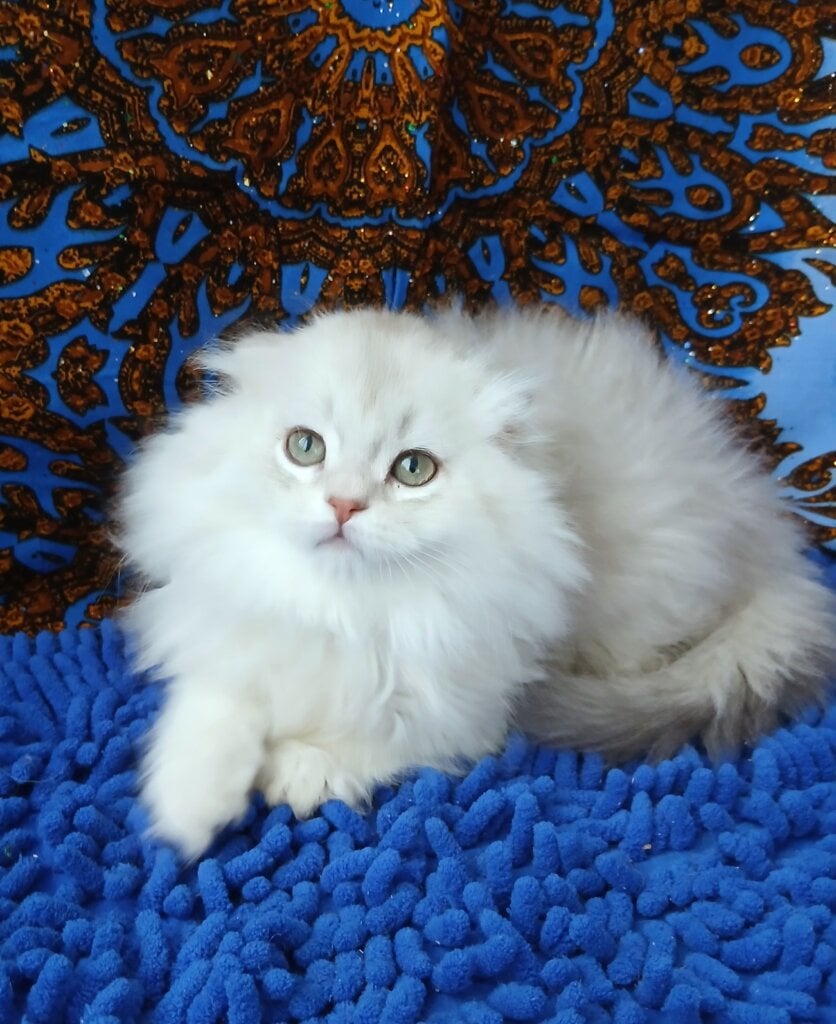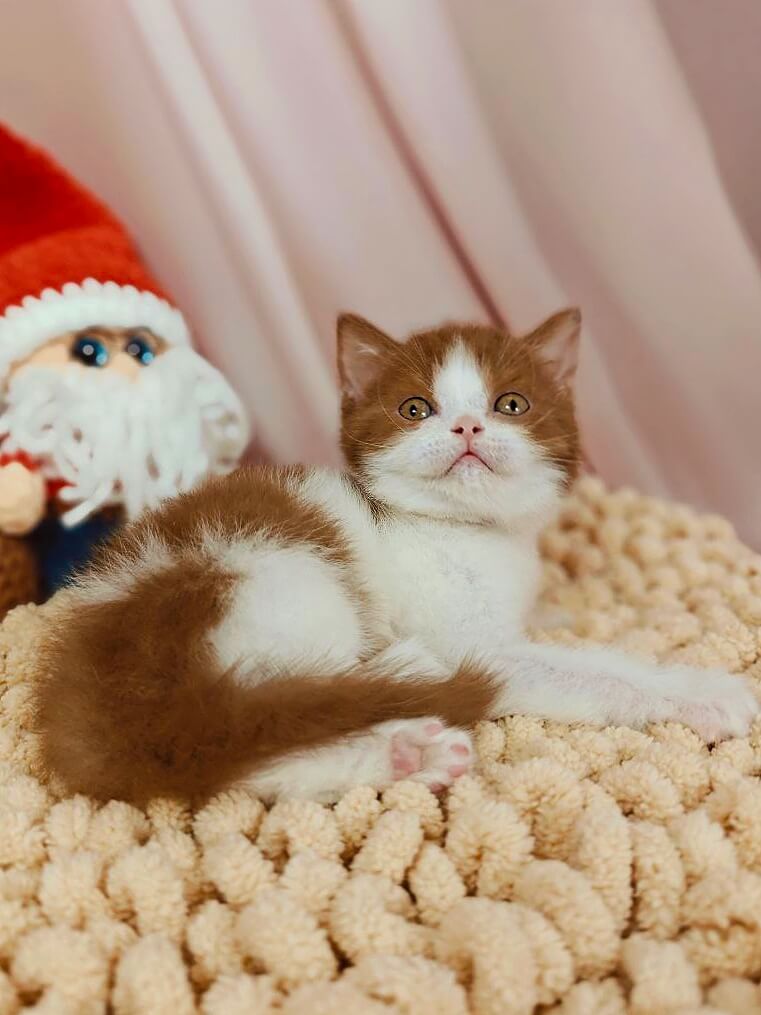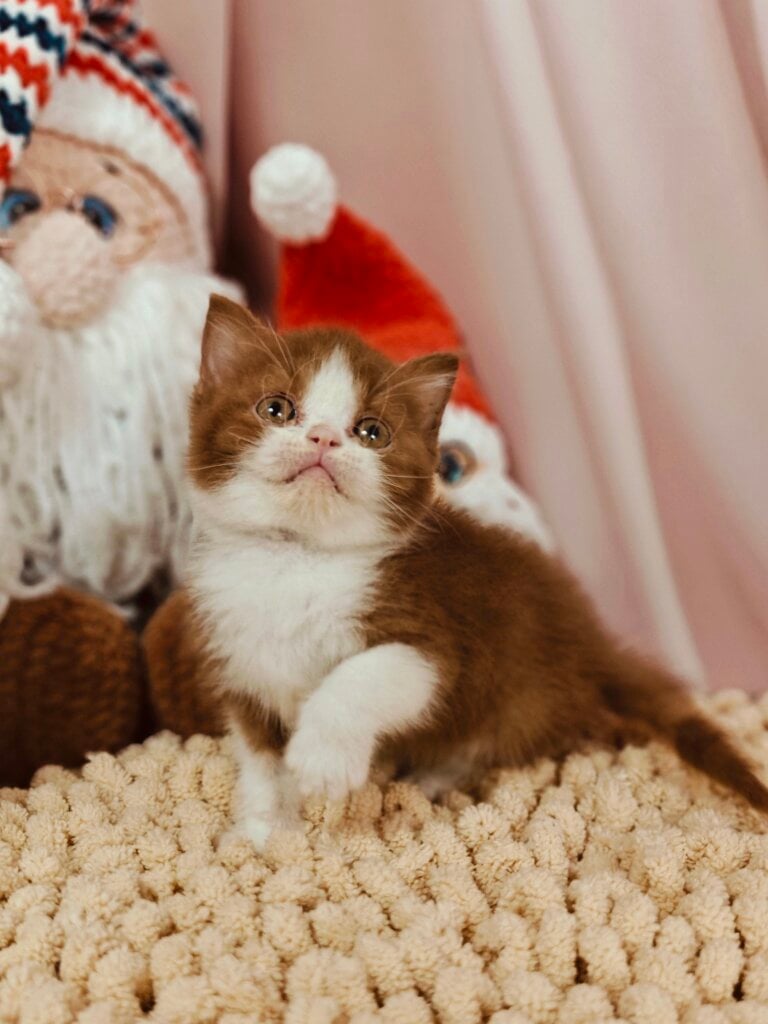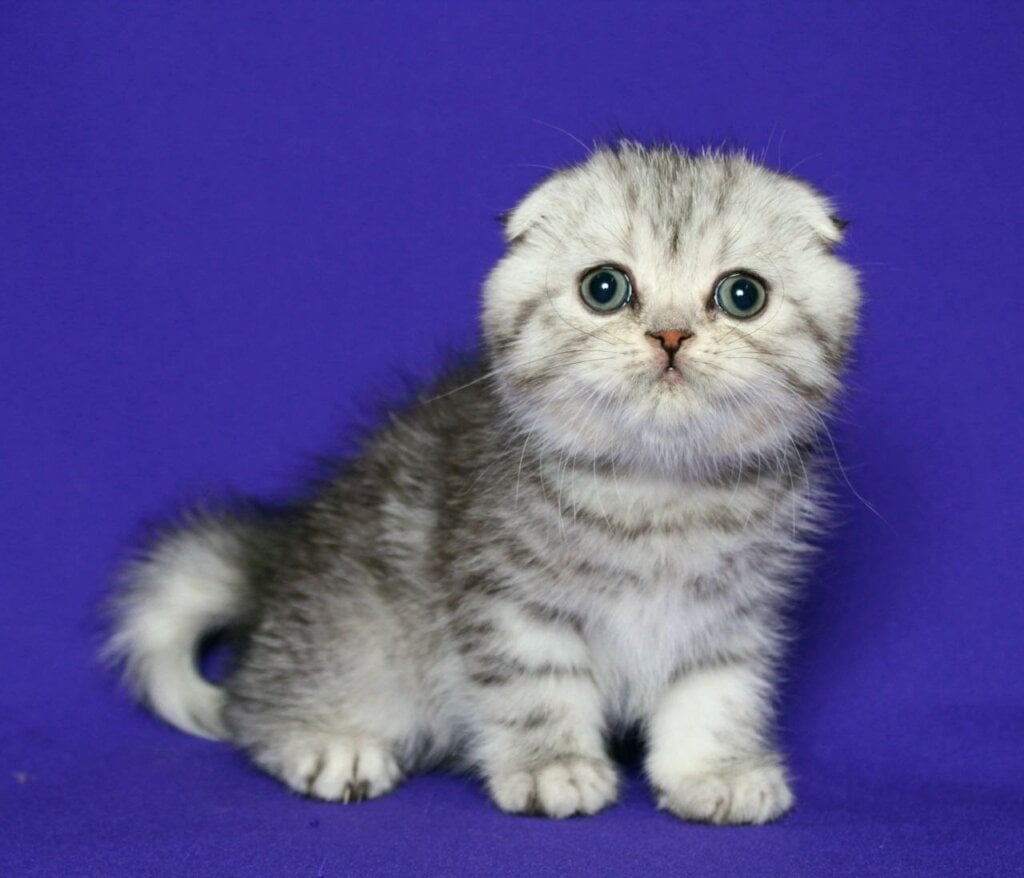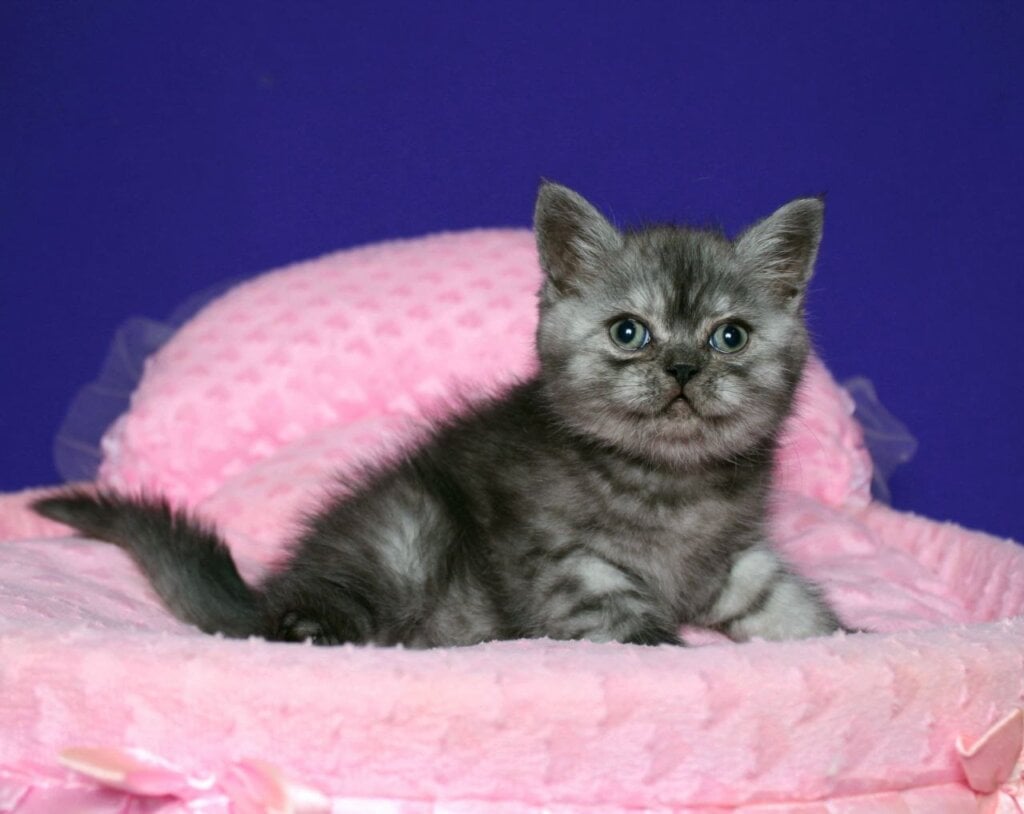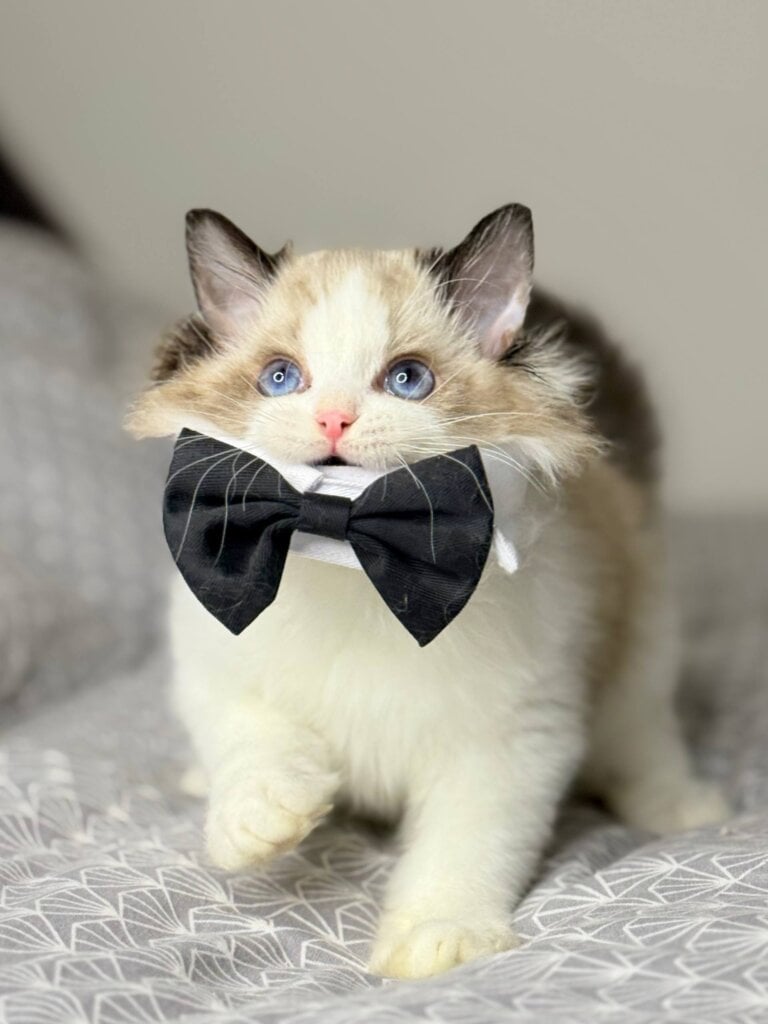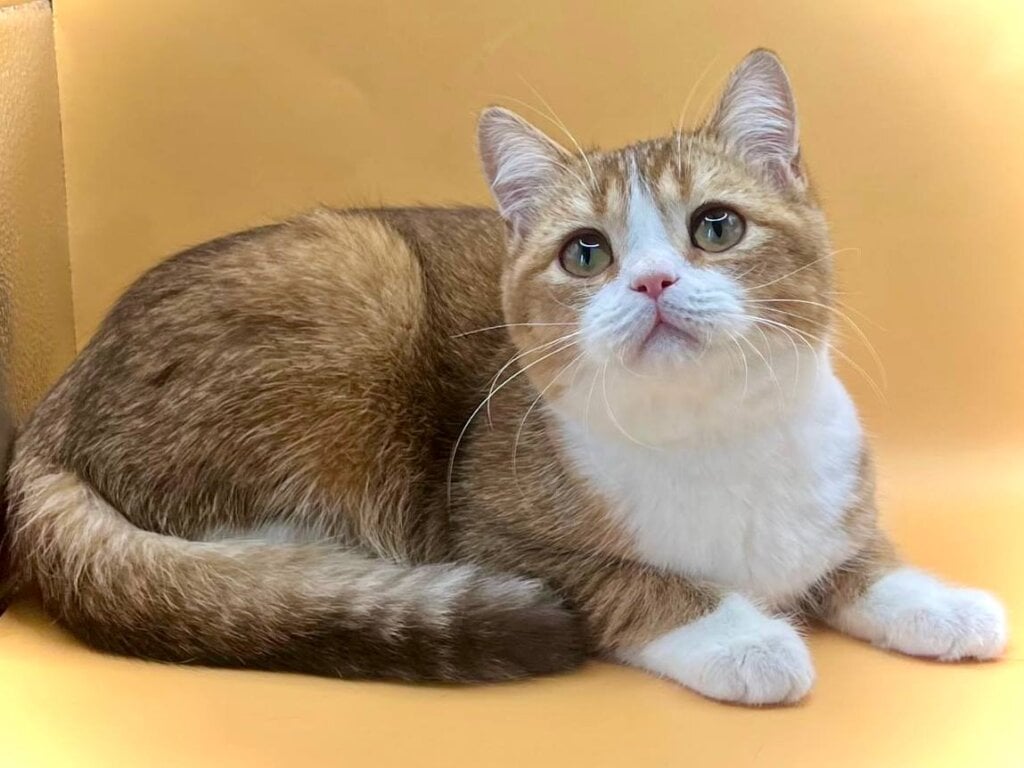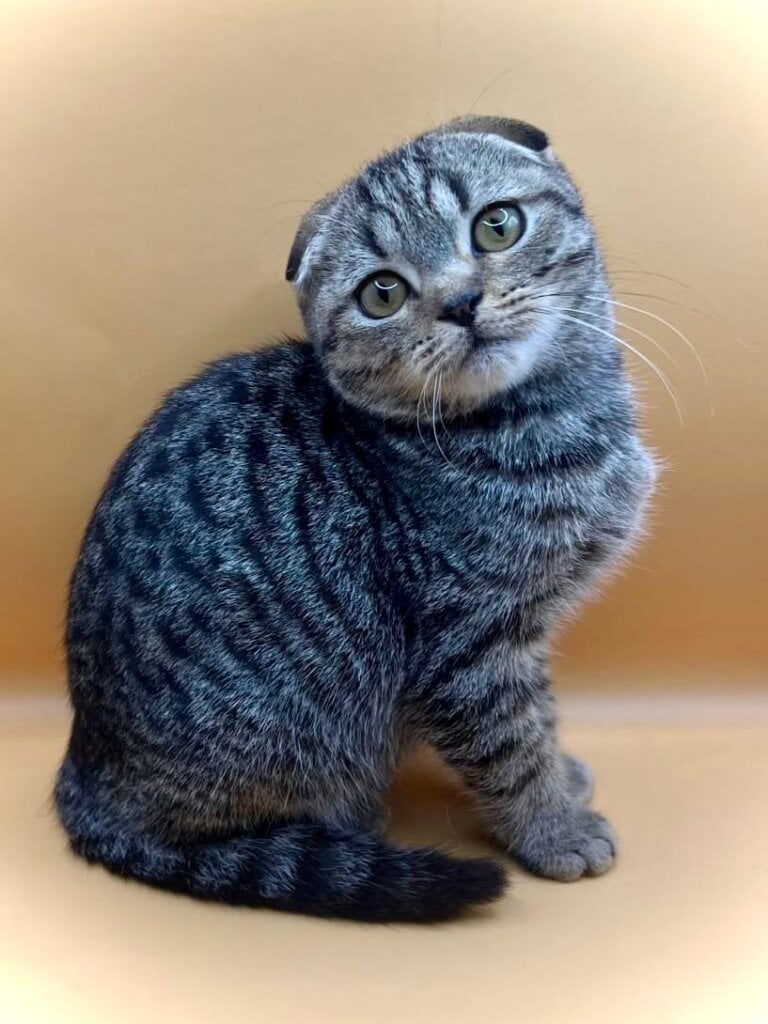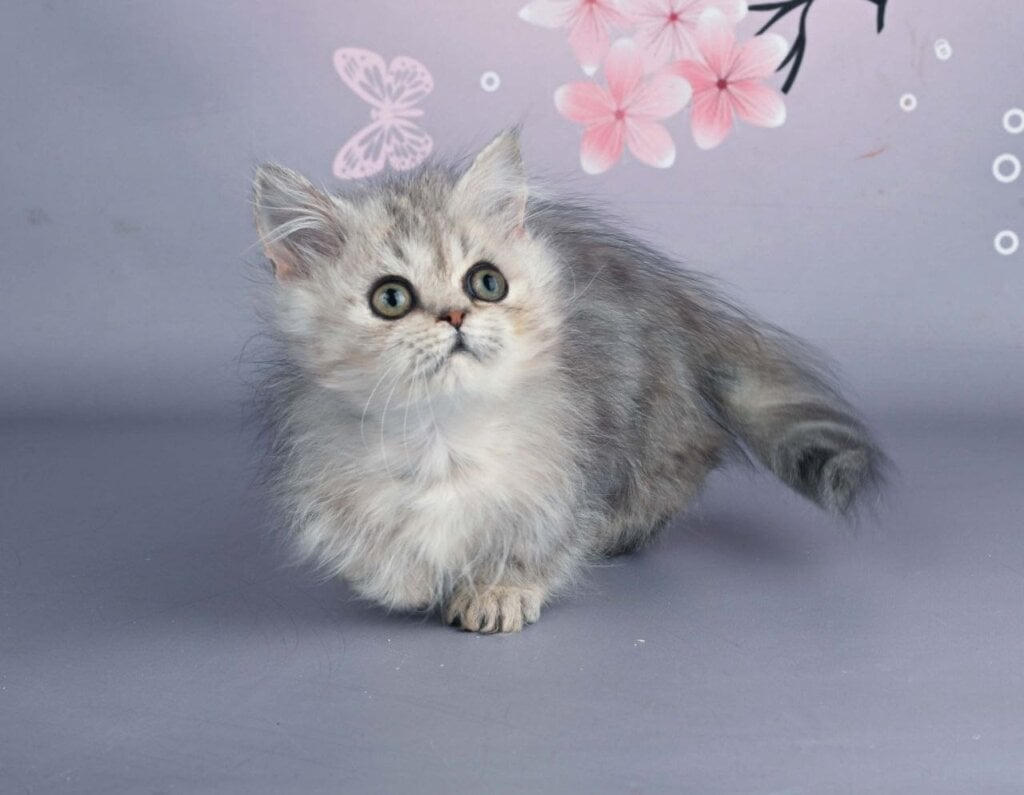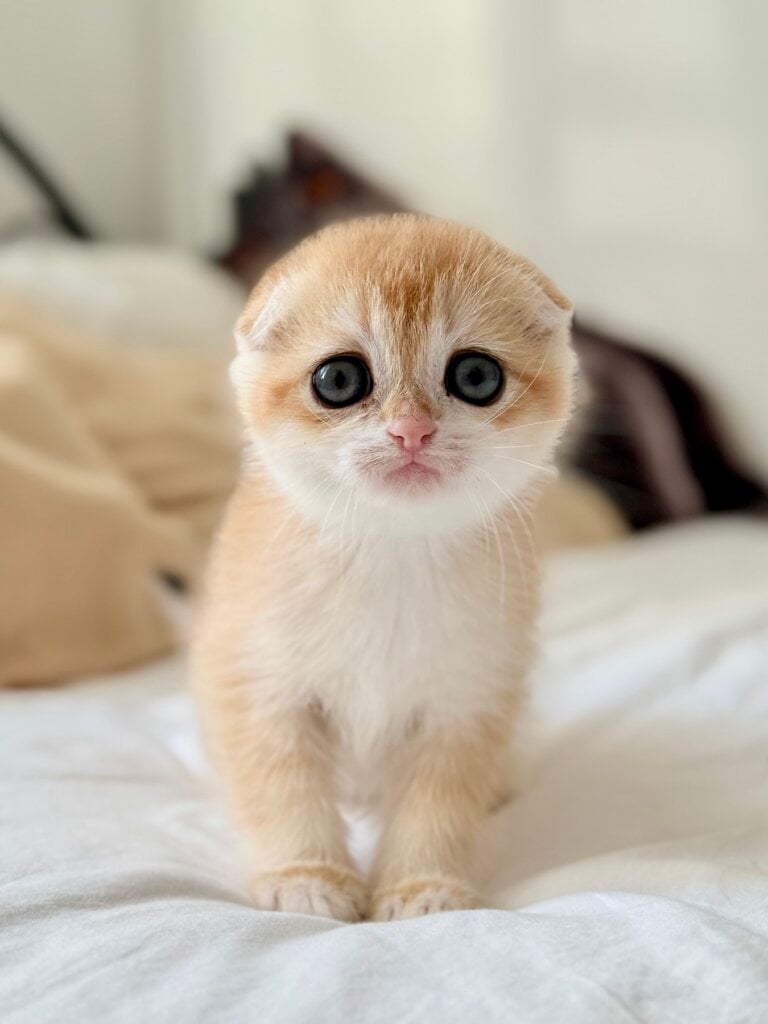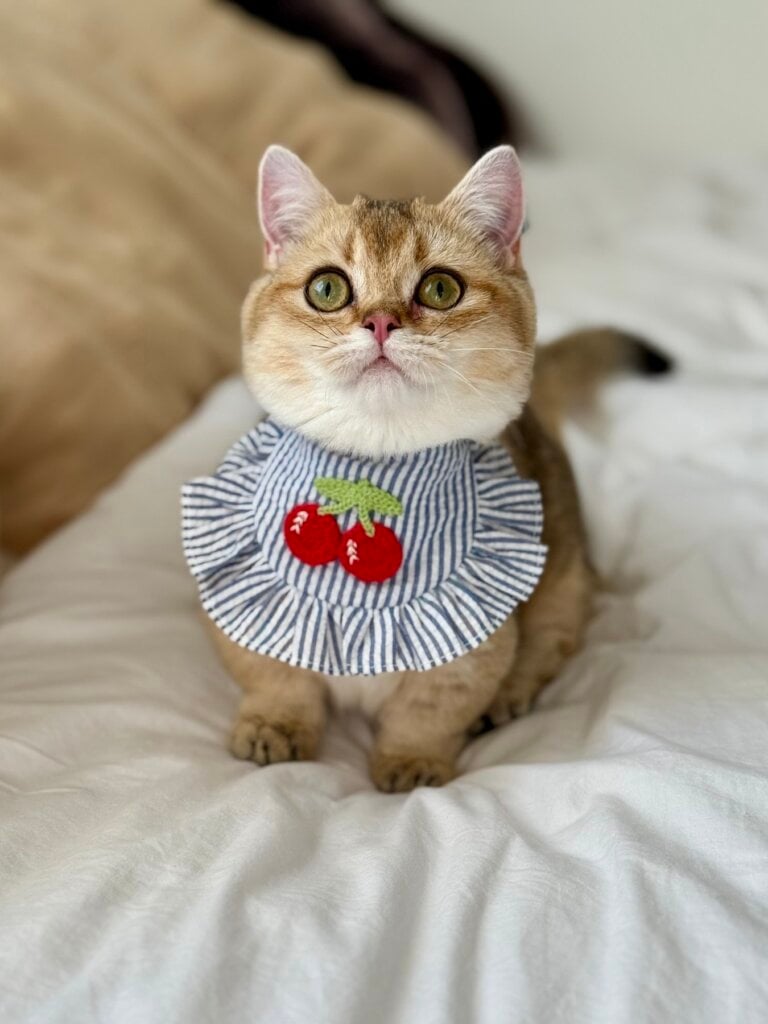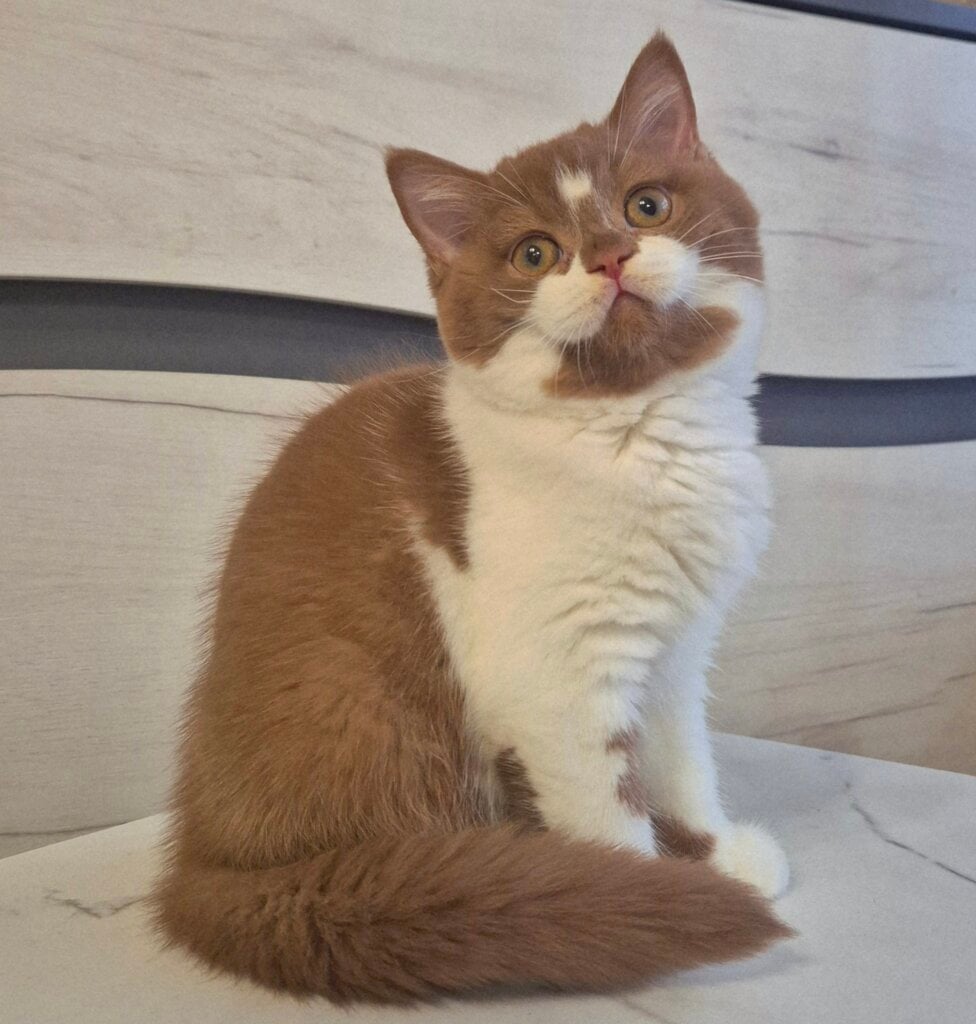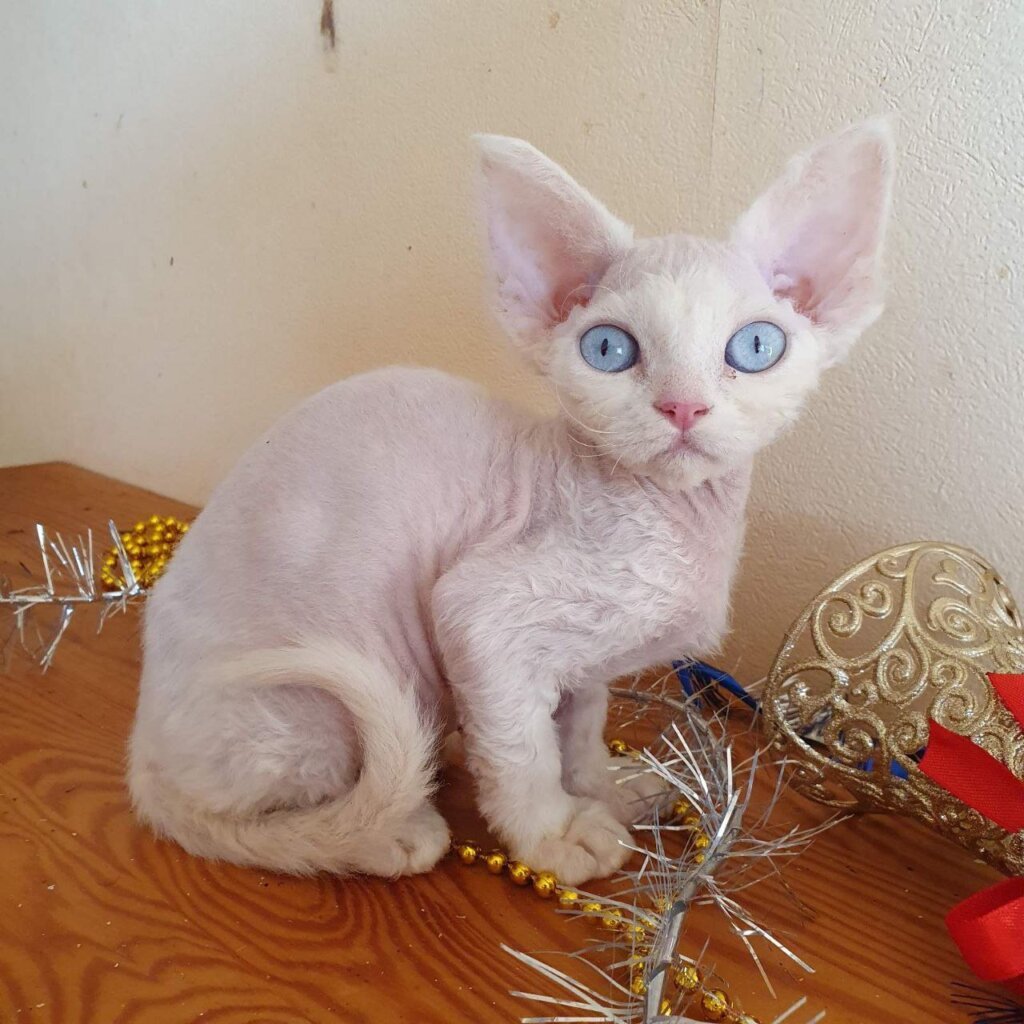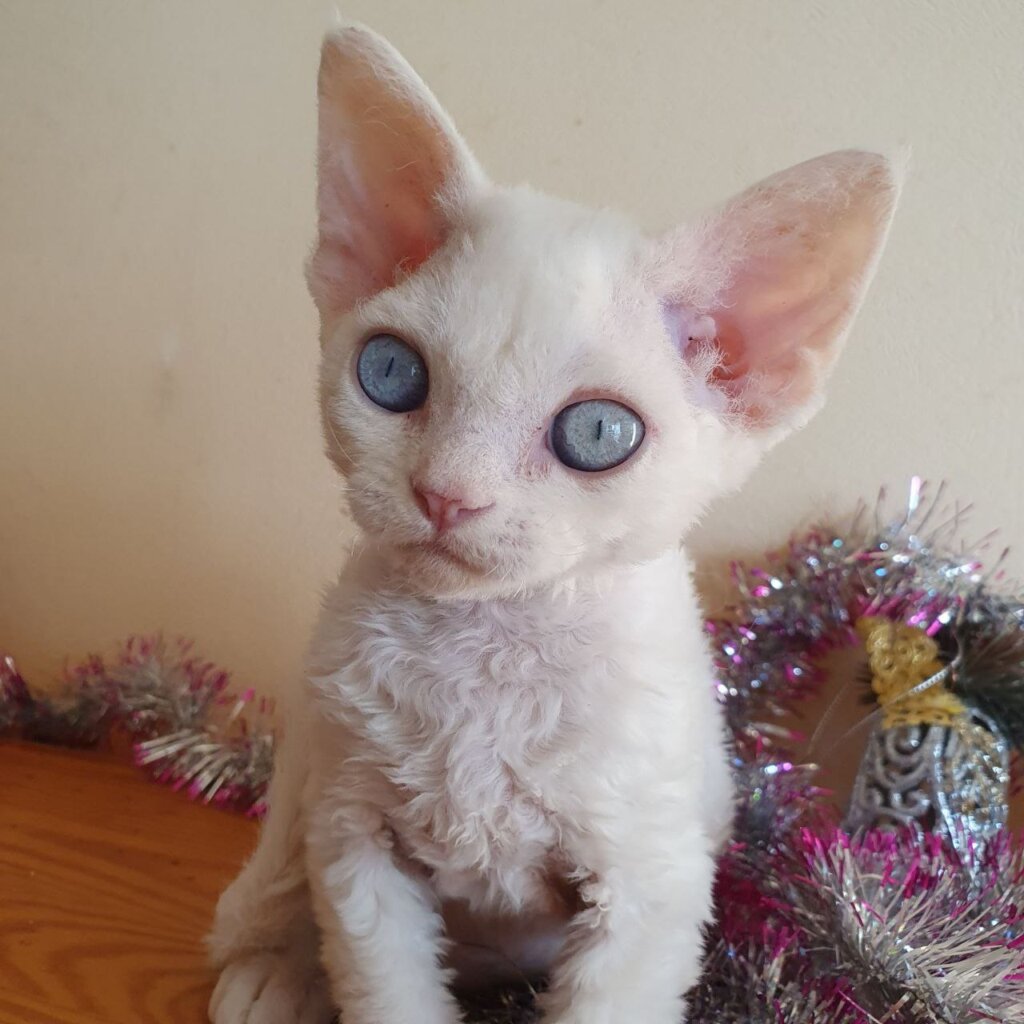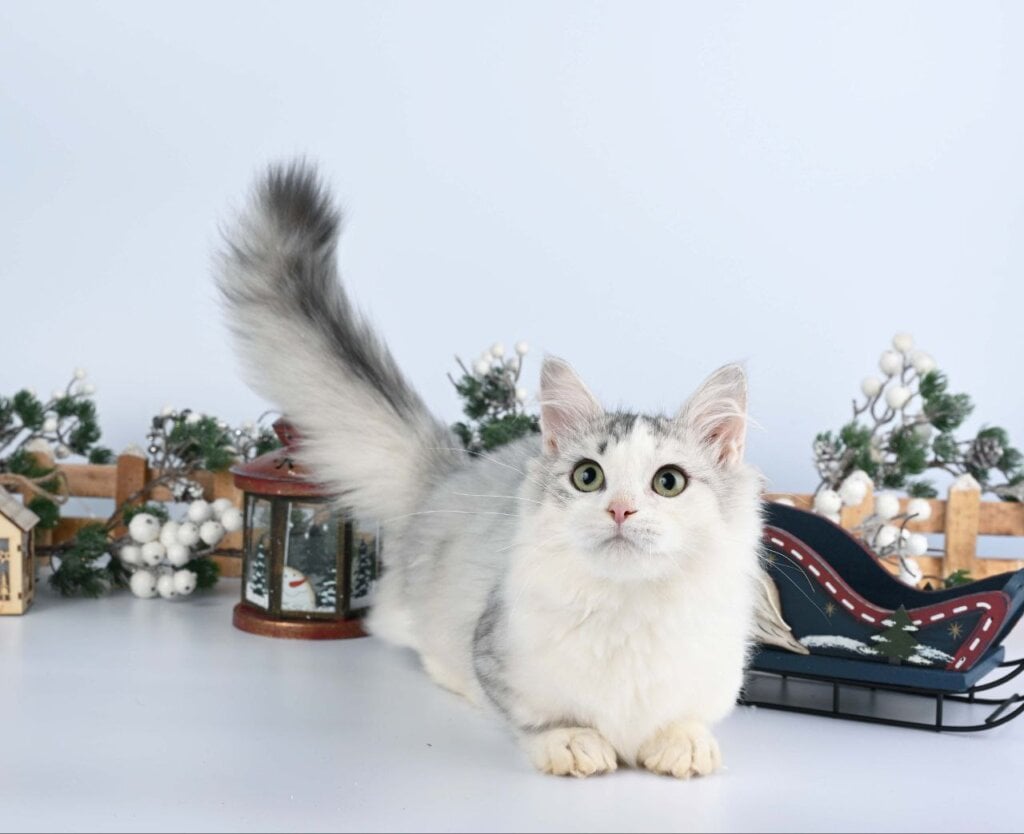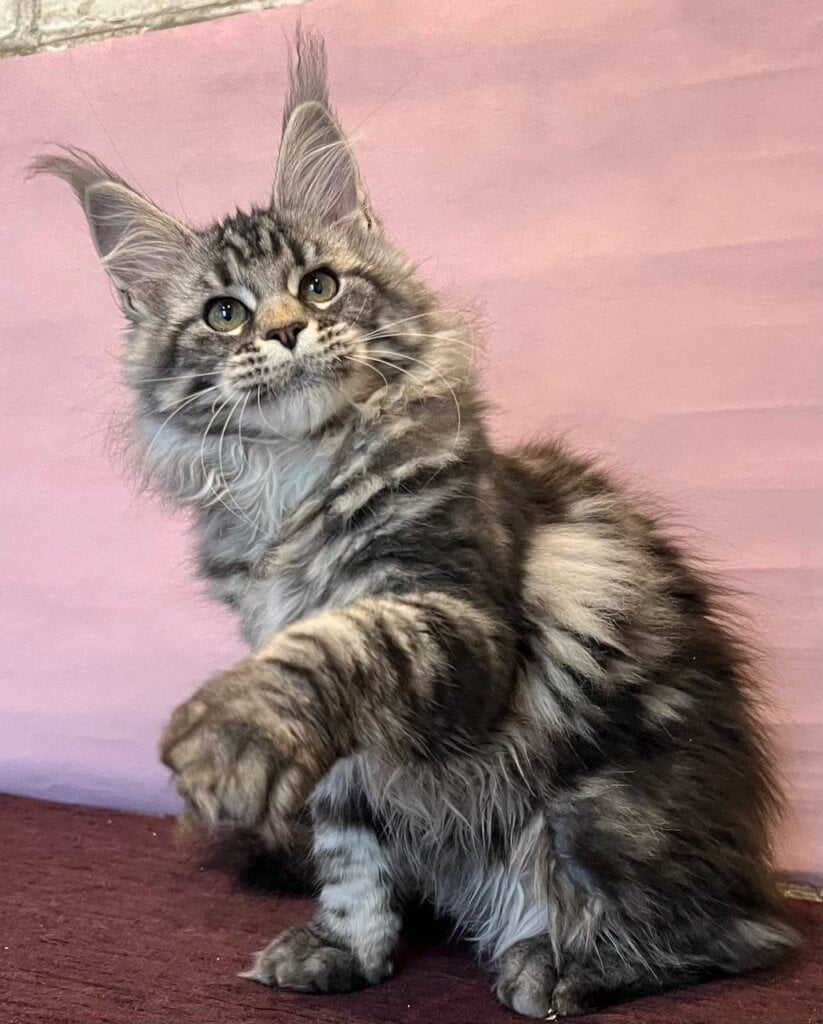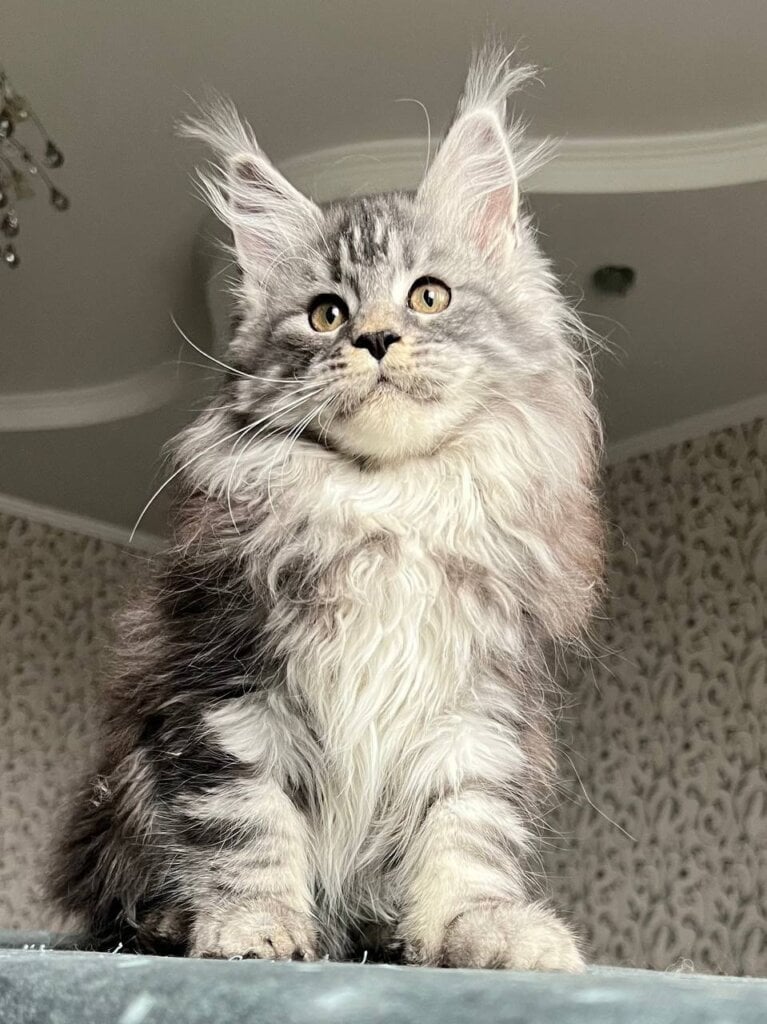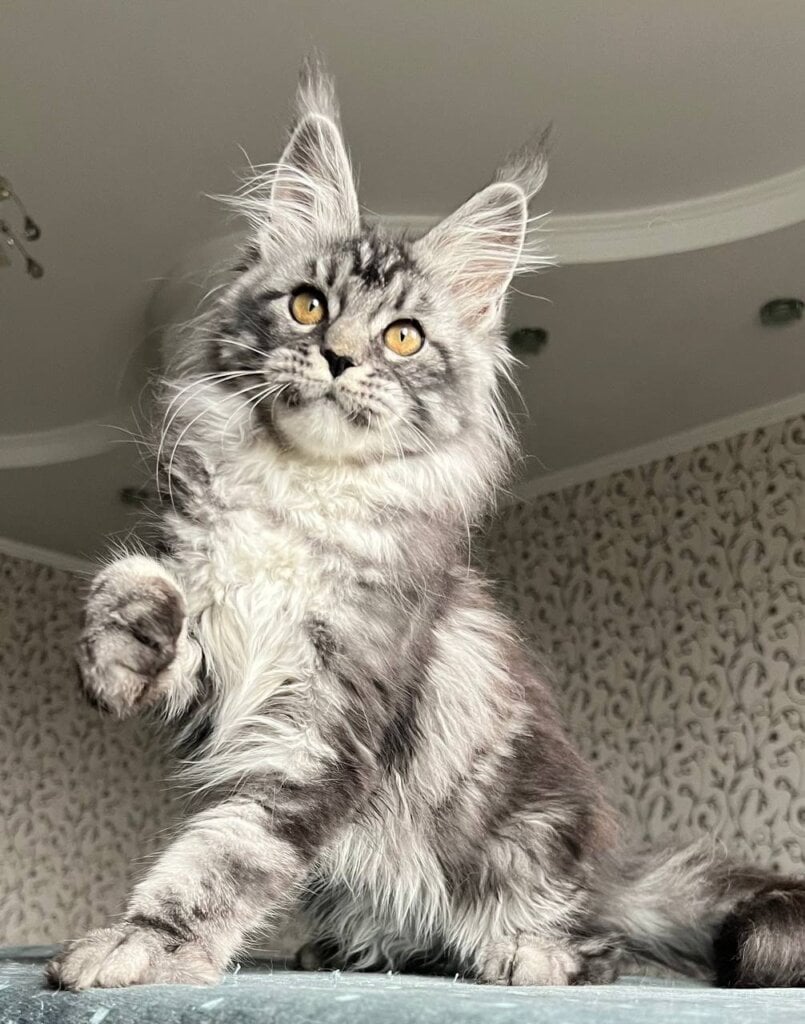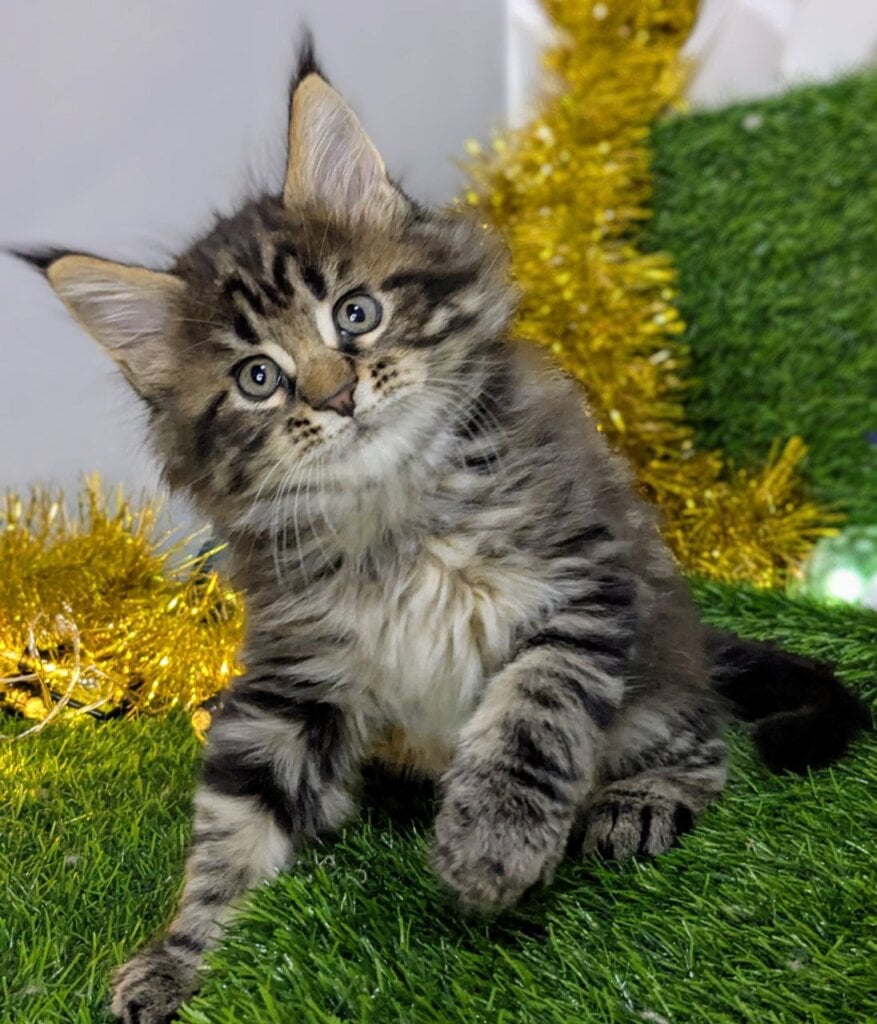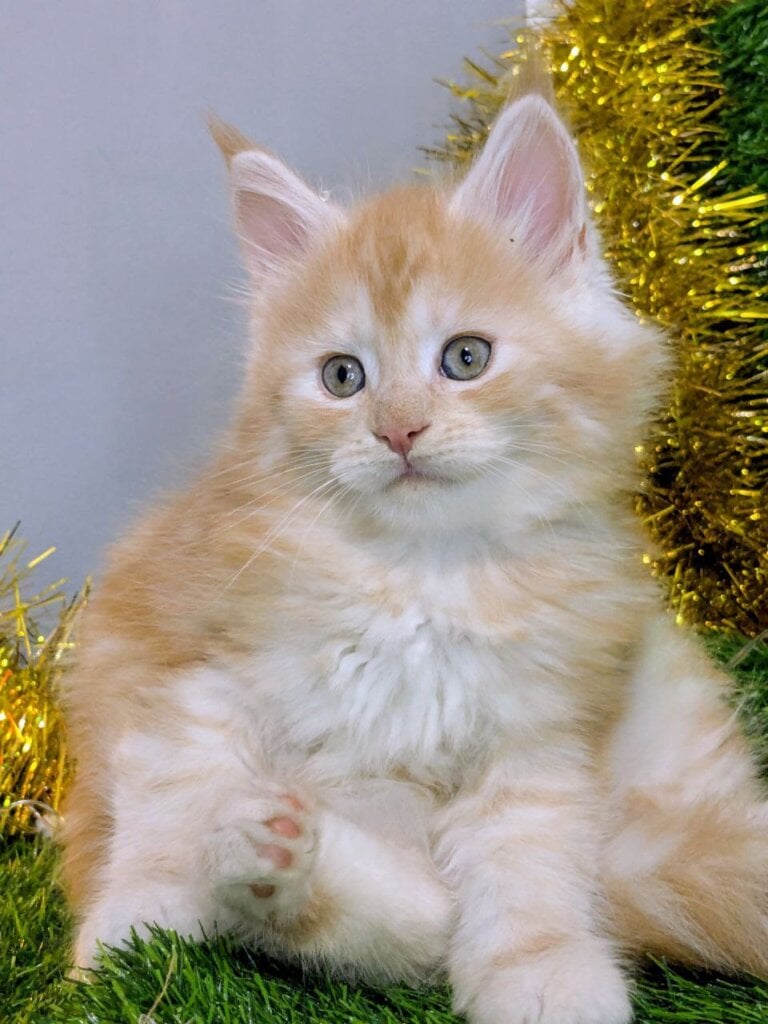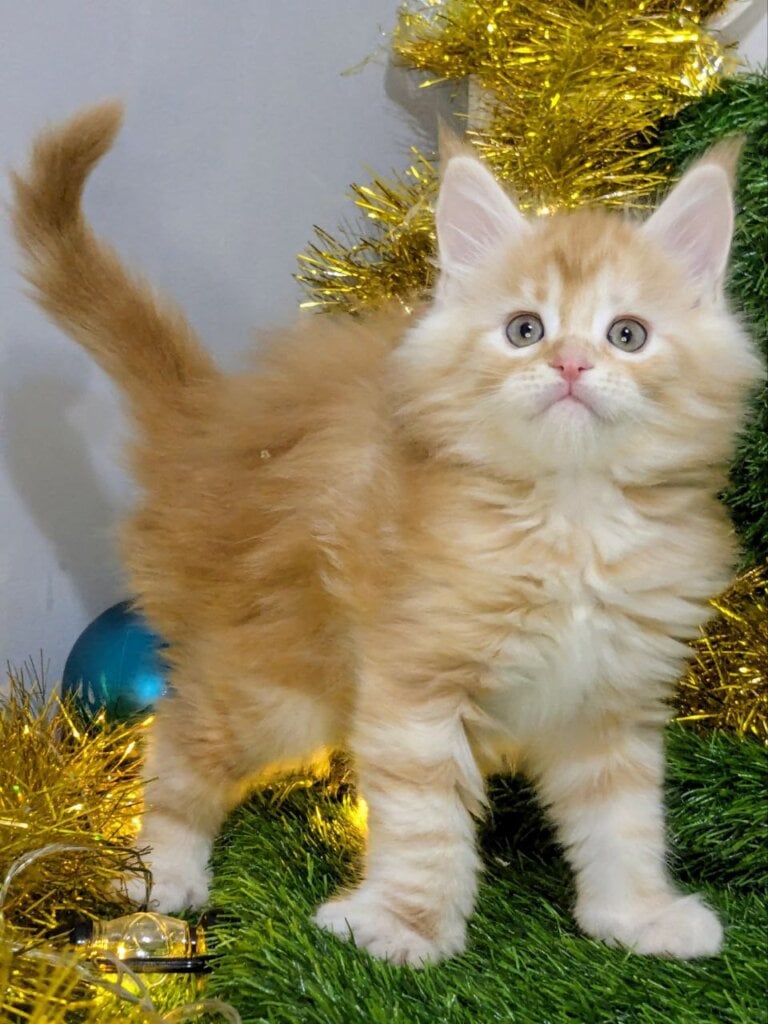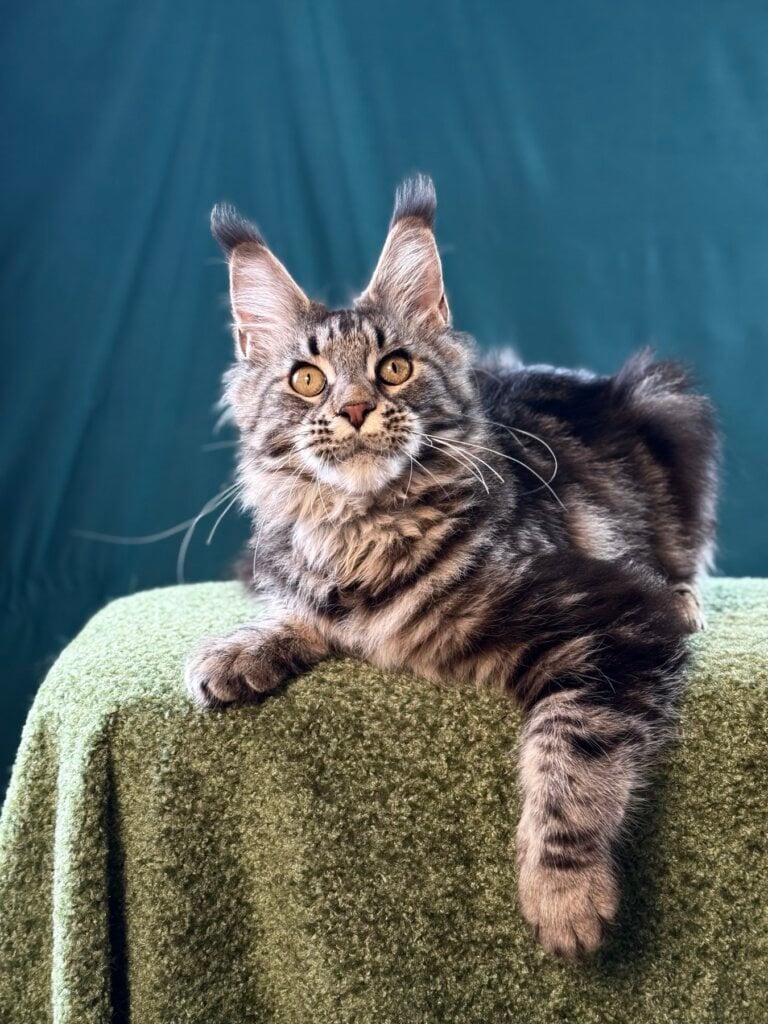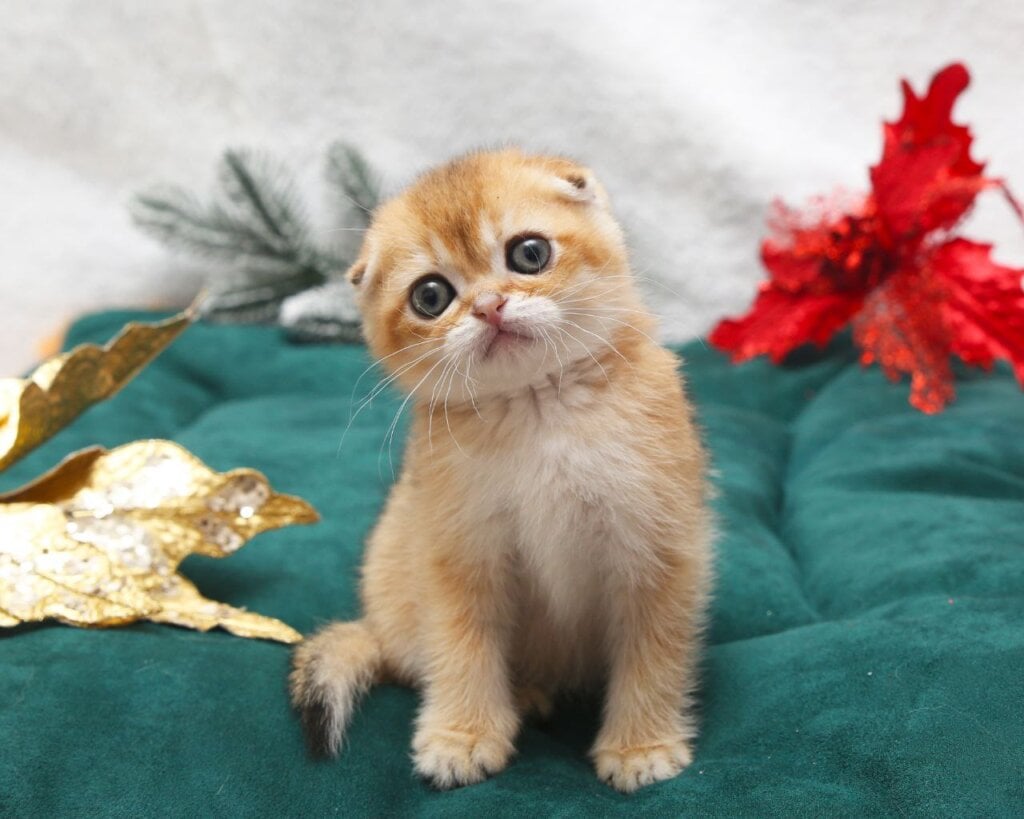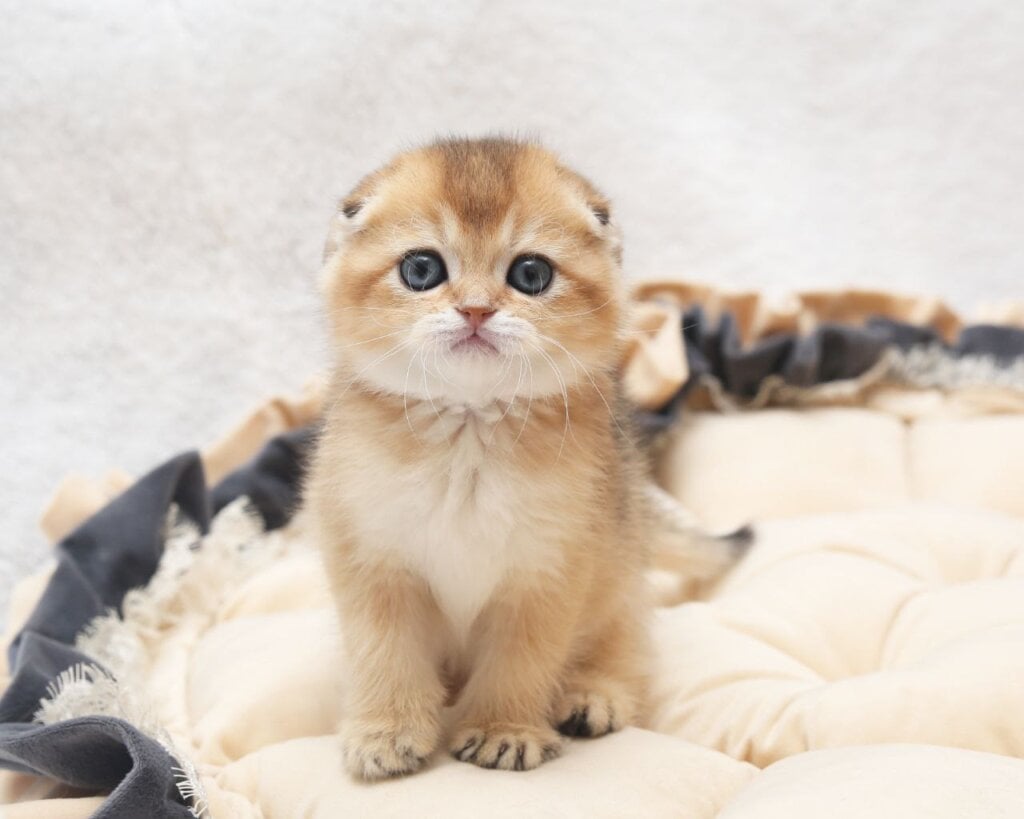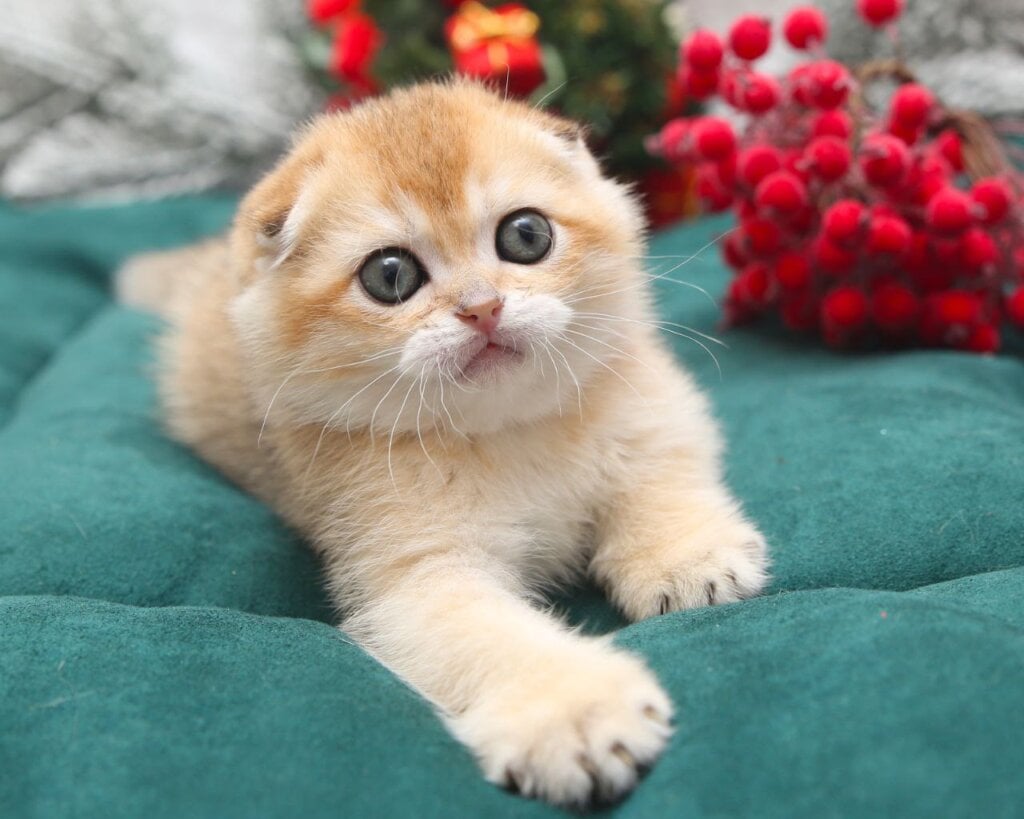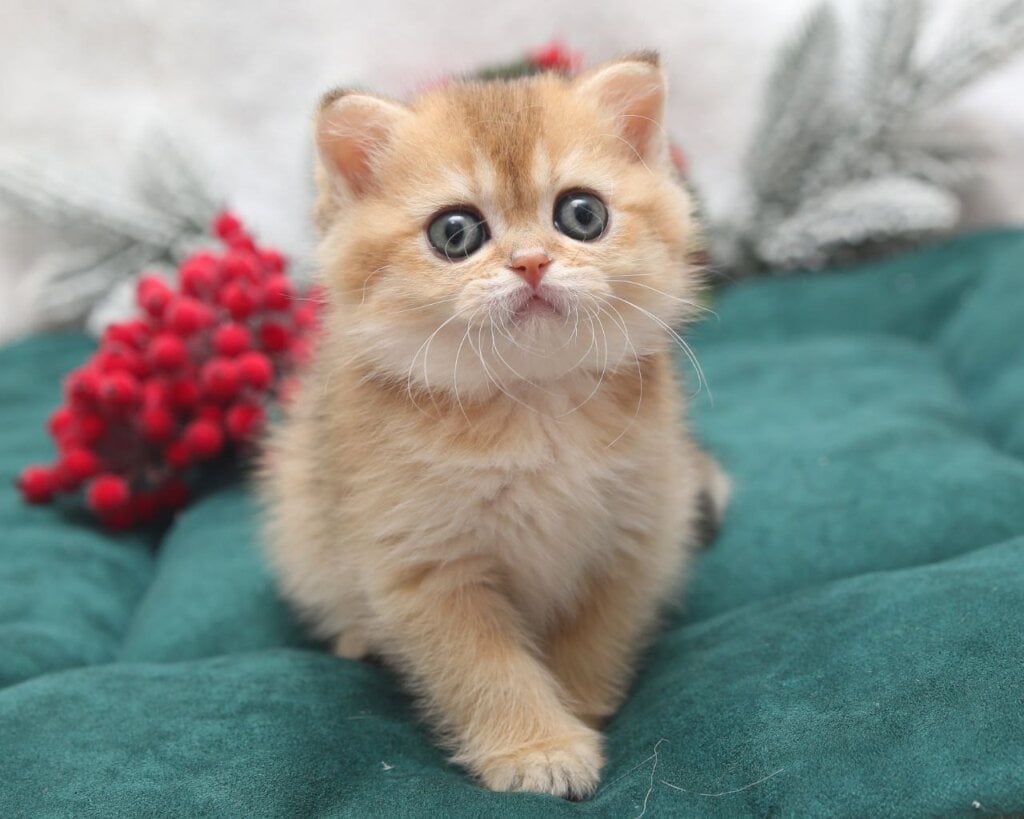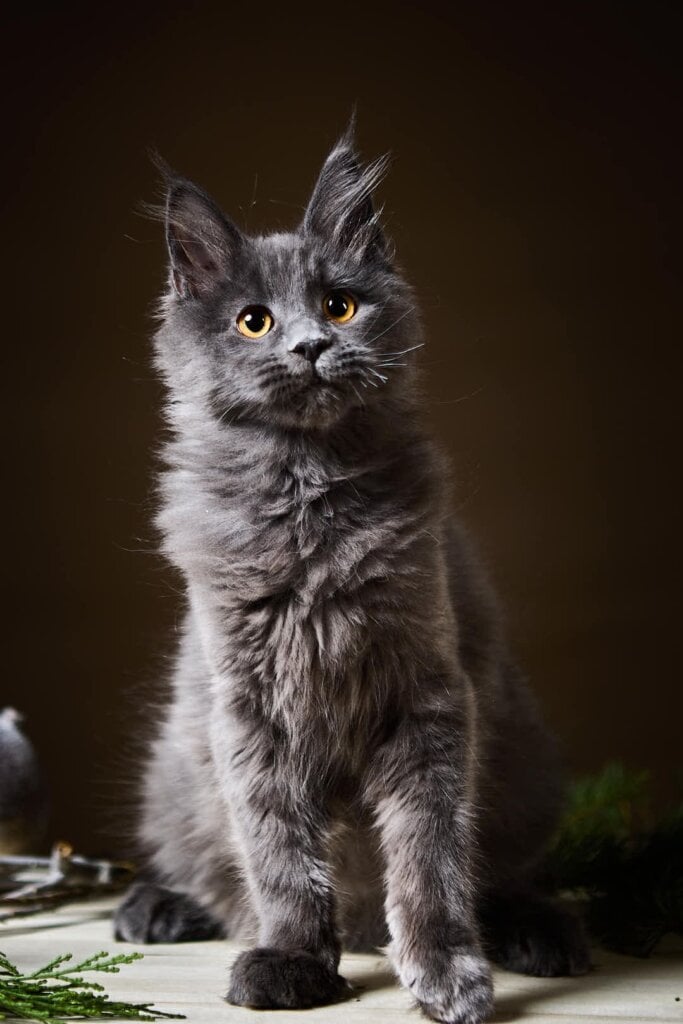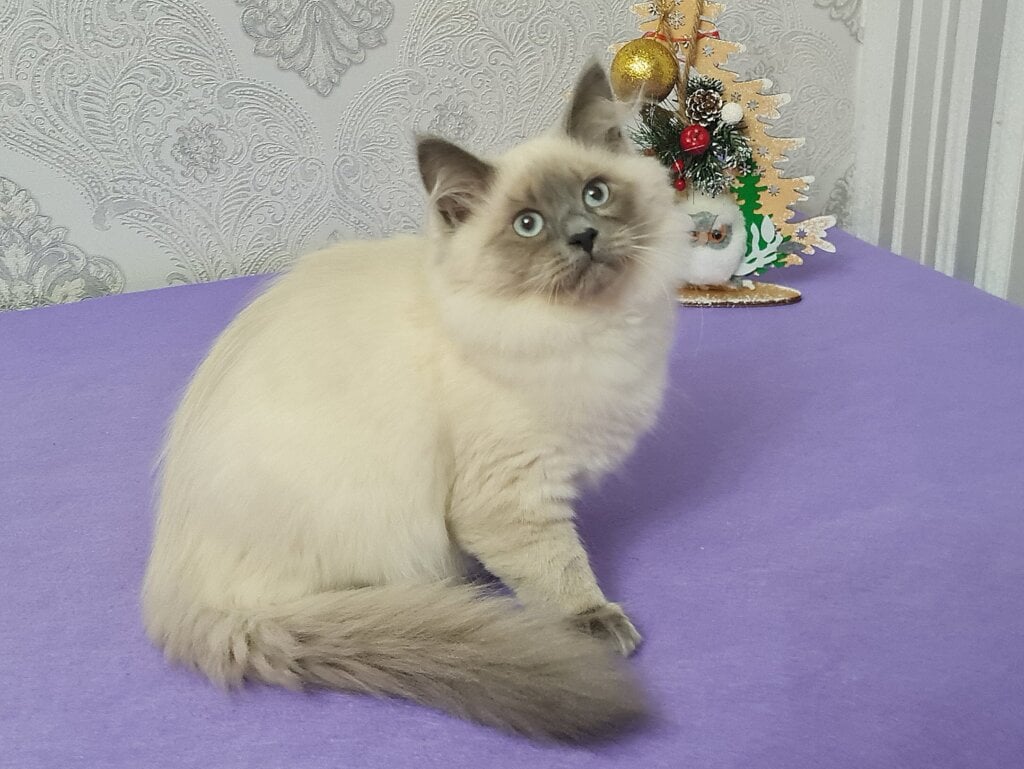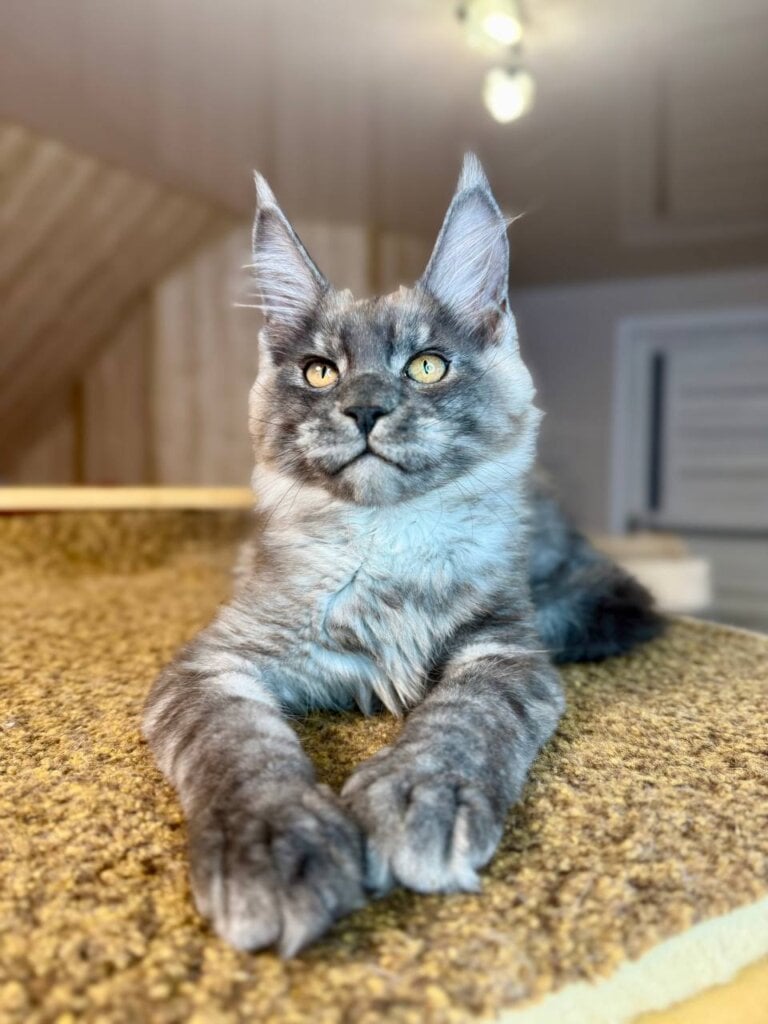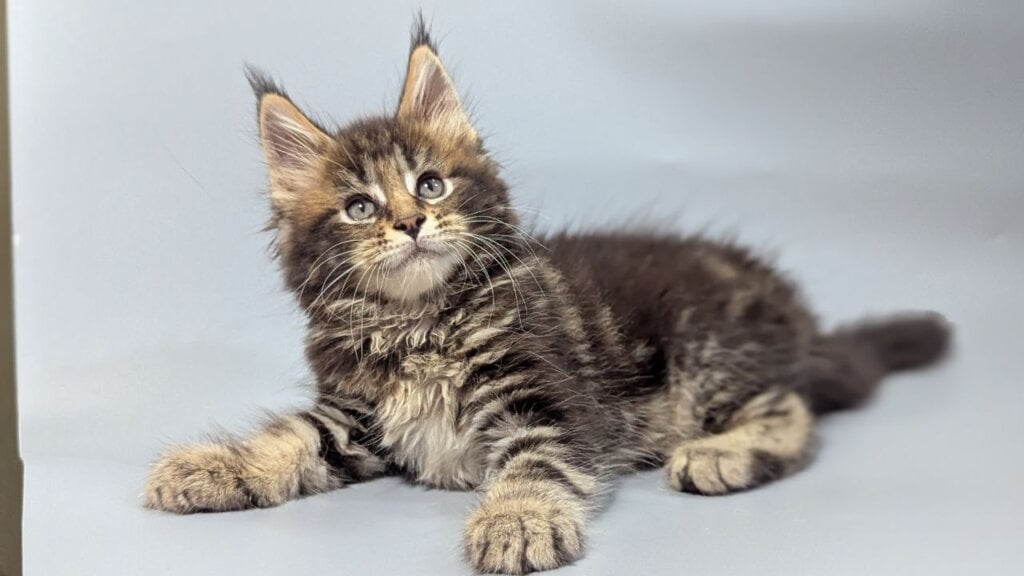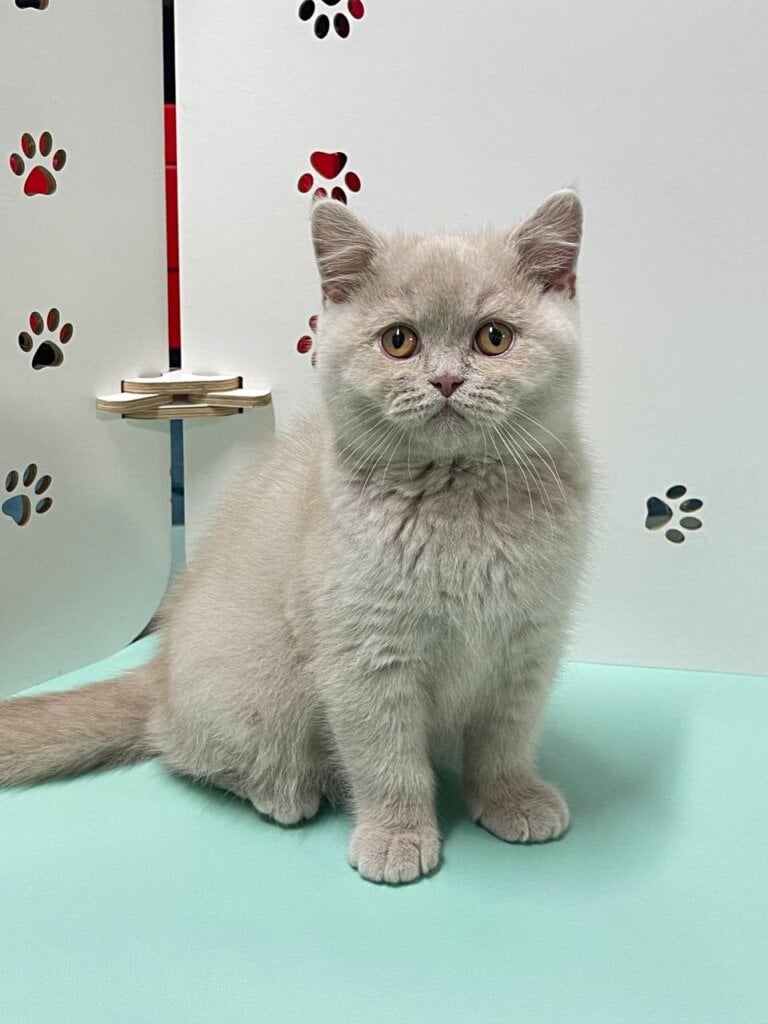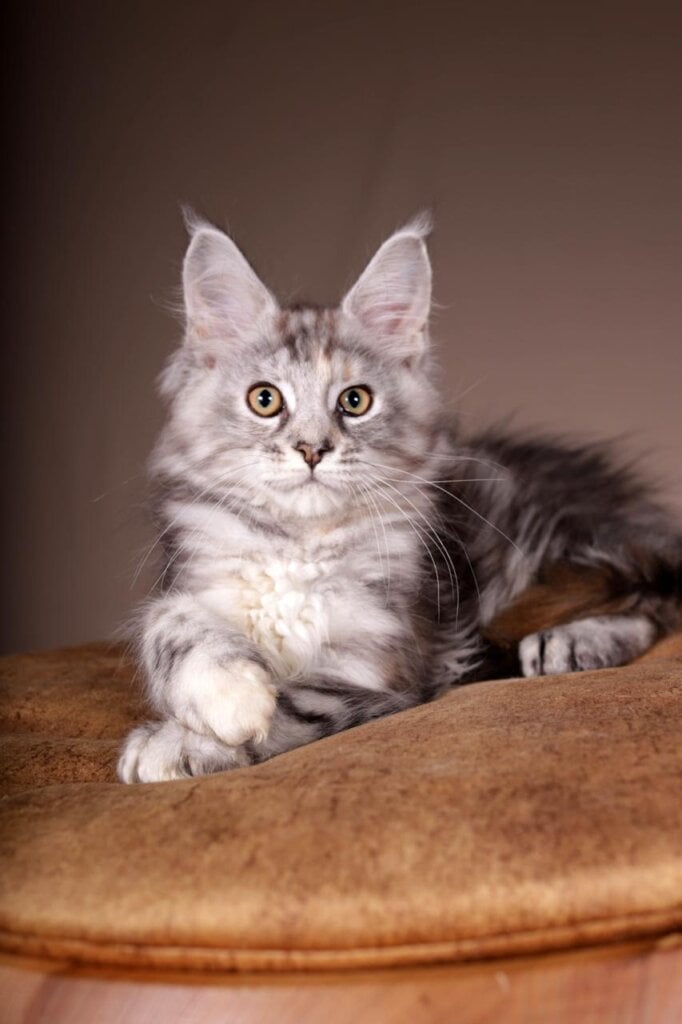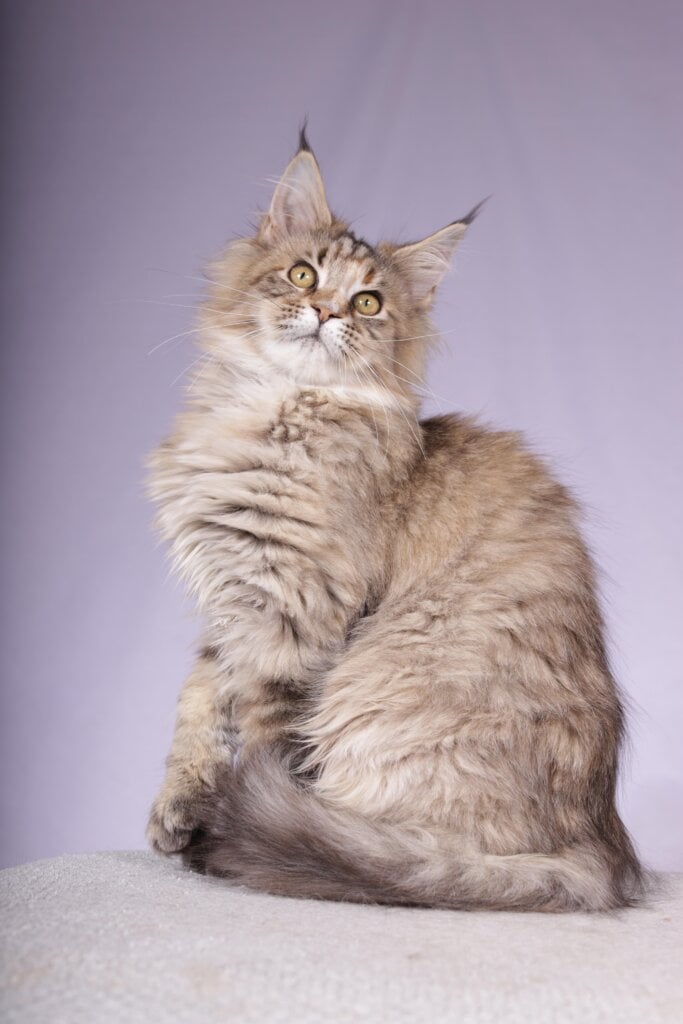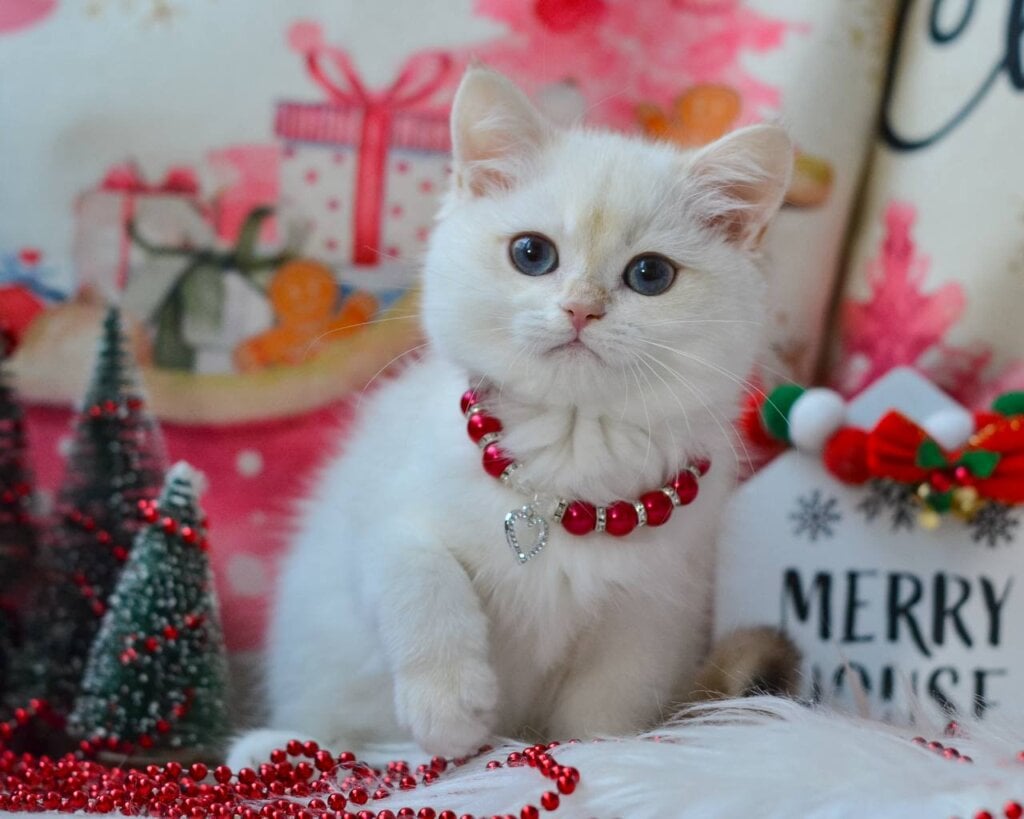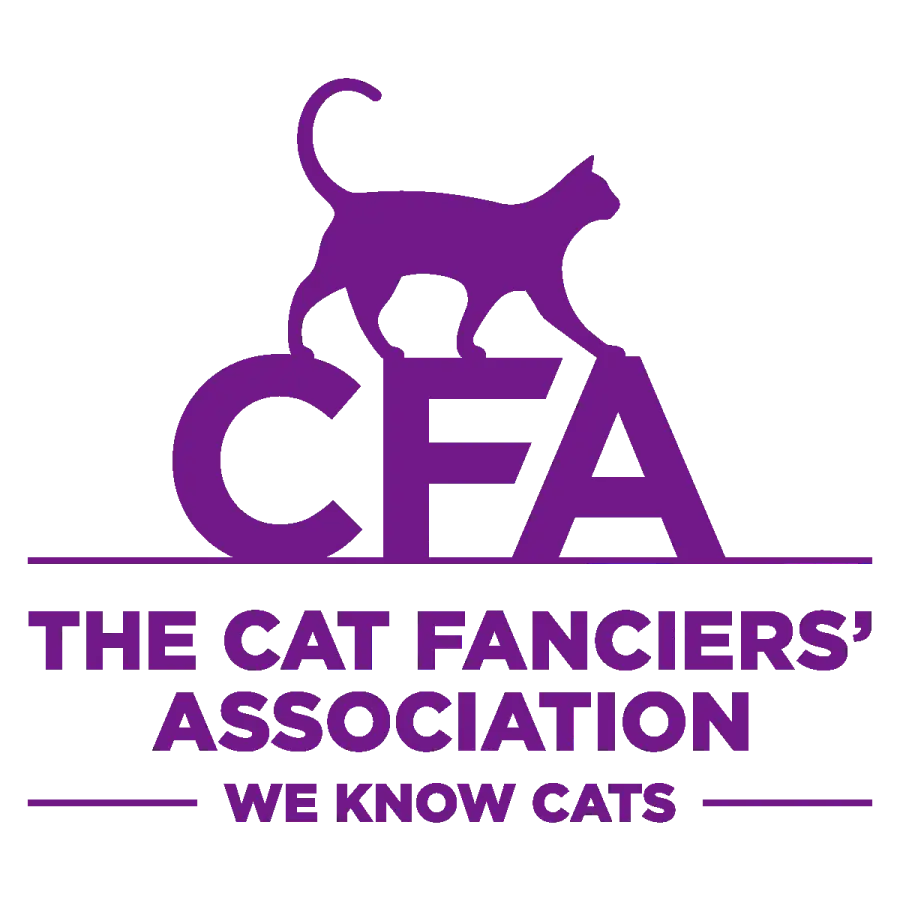Munchkin cats have short legs, caused by a genetic mutation that interferes with bone growth. Others fret over their health, as this characteristic can introduce joint and spine concerns with age. Many munchkins lead active lives, specialists report the breed is at increased risk for skeletal and locomotion issues. If your family desire a munchkin cat then discuss health checks and support for lifelong care with the breeders.
The Genetic Controversy
Munchkin cats, which have short legs caused by a dominant gene mutation. Though their look might appear quirky or adorable, this gene has ignited a controversy in the cat world around health, ethics, and animal welfare. The breed’s history, its acceptance and controversy all inform how we perceive these cats today.
A Dominant Gene
- The dominant gene in Munchkin cats results in significantly shortened legs. This impacts their walk, run and jump. Some possess a sway in their step, and can seem less fluid in their motion than other breeds.
- Only heterozygous cats-ones with a single copy of the mutated gene-live and exhibit the Munchkin phenotype. If both parents transmit the gene, kittens rarely survive after early development.
- Health risks associated with this gene are spinal problems, joint pain and difficulty moving in their later years. Short legs might imply cats can’t groom or play as much as others. This could affect your comfort and happiness in the long run.
- Responsible breeders make a concerted effort to minimize risks. They don’t breed two munchkins together done done just a munchkin and a normal cat. This helps keep the gene from doubling up but makes it more difficult to construct a healthy, varied line.
Dwarfism Debate
Cat dwarfism is a touchy subject. A lot of cat lovers fret that breeding for short legs prioritizes style over substance. A few breeders defend the Munchkin, arguing that diligent pre-screening can reduce issues. Critics think the risk of pain or poor quality of life is too high to warrant the breed.
| Breed | Dwarfism Type | Common Health Issues |
|---|---|---|
| Munchkin | Genetic dominant mutation | Joint pain, spinal issues |
| Bambino | Munchkin x Sphynx | Joint, skin, and bone problems |
| Scottish Fold | Cartilage mutation | Ear, joint, and bone deformities |
Breeders say it adds happiness and special magic to households. Opponents cite prohibitions in the Netherlands and Australia, where breeding Munchkins is not allowed because of animal health issues. Ethical breeding, ethical breeders, means putting cat health before looks, a point stressed by vets and some breed councils.
Breed History
The Munchkin breed initially garnered attention in the 1980s, although accounts of short-legged cats date even earlier. Its ascent came on the heels of a surge in interest in novel and exotic breeds. Early advocates strived to establish breed standards and demonstrate that the cats could lead healthy, happy lives when given proper care.
Clubs such as the Fédération Internationale Féline and The Cat Fanciers’ Association reject Munchkins because of their genetic problems. Others, such as The International Cat Association, will allow them under tight guidelines. This uncertain acknowledgment molds how the breed is perceived and controlled globally.
Foundation breeders collaborated with vets and geneticists to monitor health and establish breeding limits. They intended to establish a viable population, but were thwarted by public and feline organizations alike.
Challenges for Breeders
Maintaining lines is hard. Breeders have to screen for genetic and viral diseases, avoid inbreeding, and match cats responsibly. Weeding out health problems requires patience and honesty.
Others quit after receiving flak, or simply finding it too difficult to maintain standards. For a lot of people, the cats’ welfare trumps stepping away.
Breeding bans in a few countries prove the dangers are genuine.
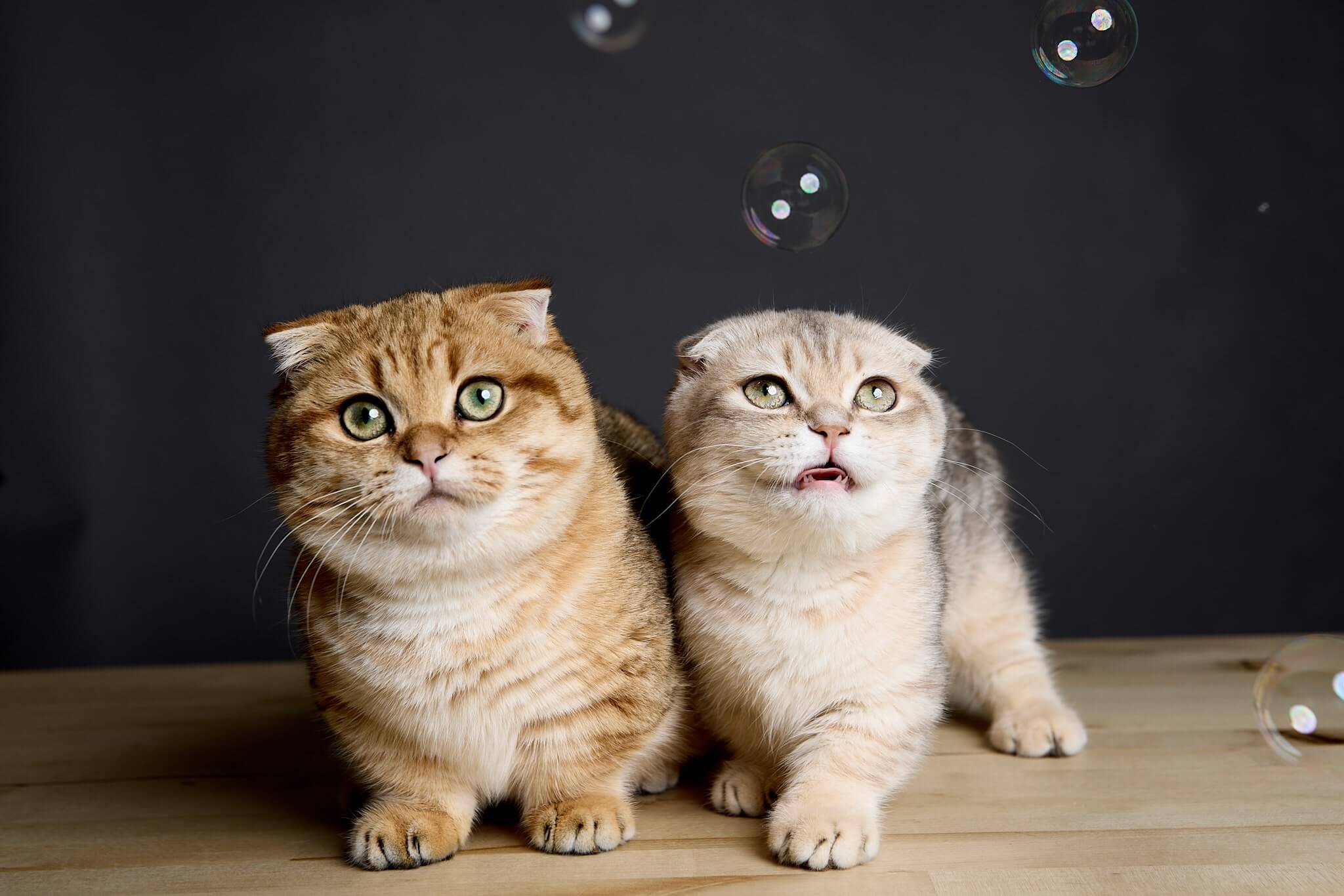
The Core Health Problems
Munchkin cats may have those adorable petite legs, but this gene mutation presents a variety of health issues that every potential pet parent should be aware of. Their distinctive physique can result in particular health problems, a number of which can affect their quality of life.
Key health problems often seen in Munchkin cats:
- Spinal problems (such as lordosis)
- Chest deformities (including pectus excavatum)
- Joint degeneration and arthritis
- Mobility limitations
- Hyperthyroidism
- Uremia
- Obesity and related complications
1. Spinal Conditions
Munchkin cats are more susceptible to spinal problems due to their short legs and long backs. Their bodies hang in a manner that applies added strain to the spine.
Lordosis can make an early appearance. This causes difficulty breathing, pain, and in extreme cases, can press on the lungs and heart. Catching spinal problems early is important. Monitoring for abnormal gait, rigidity, or indications of suffering enables pet parents intervene swiftly. Vets may recommend therapies to alleviate pain or slow progression. Being vigilant and seeking early assistance can provide your cat a better quality of life.
2. Chest Deformities
Chest deformities such as pectus excavatum make the chest appear sunken. This can reduce lung function and cause respiratory distress, particularly when the cat exerts themselves or becomes anxious.
Cats with chest defects may have a scooped chest or fatigue easily. Although some are mild and don’t require treatment, others impact everyday life and may necessitate surgery or specialized care. Because certain conditions present themselves at birth, frequent vet visits assist in identifying and monitoring these health problems. Blood oxygen tests and chest X-rays are of assistance.
Congenital chest problems can accompany heart or lung trouble. This makes it all the more critical to screen respiratory health regularly.
3. Joint Degeneration
They’re prone to joint degeneration as their stumpy legs are from a cartilage gene. The toll on their hips and knees can cause osteoarthritis, which is painful and swollen.
Cats will move less, limp or appear stiff after naps as they age. Maintaining them at a healthy weight goes a long way. Excess weight compounds joint pain. Easy, frequent play is essential. Brief, risk-free playtimes keep joints loose and muscles strong, which in turn can slow arthritis and keeps the kitty interested.
4. Mobility Limitations
Mobility is another thing for Munchkin cats. Their stubby little legs imply that they can’t jump as high or run as fast as other cats.
Little things like getting to a window sill or a cat tree could be difficult. Dwellings should be equipped with ramps, low beds and steps. Toys on the ground are more effective than those you’ve got to jump for. Play softly keeps them trim and all without danger. Never forget their constraints.
5. Quality of Life
Munchkin cats encounter more health obstacles compared to certain other breeds, yet with proper attention, they can thrive. Monitoring mood and nutrition aids in identifying issues earlier. Good nutrition, plenty of play and lots of cuddling goes a long way.
Beyond the Obvious Issues
Beneath Munchkin cats’ playful façade, lurk unsung health issues. It’s not merely their short legs, but a combination of concealed hazards that require a more in-depth examination by vets and families alike when caring for them.
Diagnostic Challenges
| Challenge | Description |
|---|---|
| Limited mobility | Hard to observe normal movement or pain due to short legs |
| Hidden joint pain | Subtle signs of osteoarthritis may be missed |
| Imaging difficulties | Standard x-rays and ultrasounds may be less clear because of unusual bone structure |
| Atypical presentation | Heart, dental, and chest issues can show up in ways not seen in other breeds |
Munchkin cats’ special bodies complicate even standard check-ups. Their shorter limbs and modified skeleton can hide aches and pains or sickness, particularly with joint issues such as osteoarthritis. Vets typically require specific expertise to identify problems at an early stage. A heart problem like hypertrophic cardiomyopathy, for instance, might slip under the radar because the symptoms resemble ordinary fatigue.
It benefits us all when pet parents report all changes, no matter how seemingly minor, to their vet. Real conversations can help trap lurking issues. Being inquisitive and monitoring shifts at home impact a Munchkin’s health in the long run.
Anesthetic Risks
Anesthesia is always a danger, but for Munchkin cats, their shape adds additional. Their chest can be sunken (pectus excavatum) and their airways more difficult to reach. As a result, administering and controlling anesthesia is not always easy.
A thoughtful pre-anesthesia work up–heart scans or blood work–can identify issues prior to surgery. Owners should discuss with their vet all risks and alternatives before any such procedure.
Short cats can have more trouble waking up from anesthesia. Careful observation is required postoperatively as certain medications may exacerbate pain or other medical conditions.
Grooming Difficulties
Daily care can be harsh for Munchkin cats. Their stubby legs may prevent them from making it to areas requiring grooming or brushing. Mats and skin trouble can arise quickly if grooming is missed.
Owners must brush frequently-no less than a few times a week. Soft brushes and gentle with joints. Look for red spots or indications of pain, particularly around the back and hind legs. Routine screenings at home can catch skin or dental concerns before they fester.
Even with difficulties, these cats can remain healthy and happy with the proper care and attention.
The Ethical Dilemma
Breeding Munchkin cats brings up difficult questions about animal welfare. These cats have short legs due to a dominant, typically lethal gene. Their distinctive style has brought them fame, yet not without scrutiny. Here’s a quick summary of the main ethical issues:
- The mutation for short legs (UGDH) can compromise health and comfort.
- Others view breeding Munchkin cats as immoral because of the risks they pose to their well-being.
- These cats might have difficulty moving around and behaving like other cats.
- Breeding two Munchkins can result in tiny litters or fatal mixtures.
- A few big cat organizations won’t accept the breed because of health reasons.
- Munchkin cats are vulnerable to painful joint issues, such as osteoarthritis.
- Consumer demand and trends drive breeders to continue producing these cats.
Intentional Breeding
Deliberate Munchkin breeding is deeply problematic. The gene that causes them to have short legs is dominant, but if a kitten receives two copies, it won’t live. Even one copy, the health risks are serious. A lot of Munchkin cats can’t jump or run anyway. It impacts their joy and behavior with humans and other dogs. It increases your risk of joint pain and things like osteoarthritis, which translates to a lifetime of pain and treatment.
What compels breeders to continue churning out Munchkins. For others, it’s about satisfying demand. The breed’s social media and marketing popularity stokes the desire. They think the cats are cute and unique. Ethical breeders understand that health comes first. The top breeders genetically test and prioritize the kittens’ quality of life, not just looks or what’s fashionable.
Munchkin cats require cautious breeders for caring parents. Question, insist on health records and vote with transparency. Opting for an ethical breeder preserves the breed and keeps pets safe and healthy.
Veterinary Stance
Even veterinarians aren’t always in agreement about Munchkin cats. Others claim the breed’s abnormal conformation causes painful and debilitating arthritis. Others believe with proper care, these cats can lead normal lives.
Getting counsel from a reputable vet is crucial before sending a Munchkin home. Vets can identify issues, describe what treatment will involve, and assist families in getting their expectations grounded. They can discuss breed-specific concerns, such as susceptibility to joint disease or spinal issues.
Vets have a huge role in educating families on animal welfare. When breeders and vets collaborate, they can enhance the breed’s health and assist families in making smart selections.
Consumer Demand
It’s consumer demand that molds Munchkin cats market. Trends and adorable pictures make people desire these cats, even if they’re unaware of the hazards.
Marketing is about the breed’s look, not about their comfort or health. This may drive breeders to skimp or bypass caution.
Pet parents must do their homework before they buy. Being aware of the dangers enables families to make more informed decisions and encourages responsible breeding.
Selecting a pet should always prioritize health and welfare.
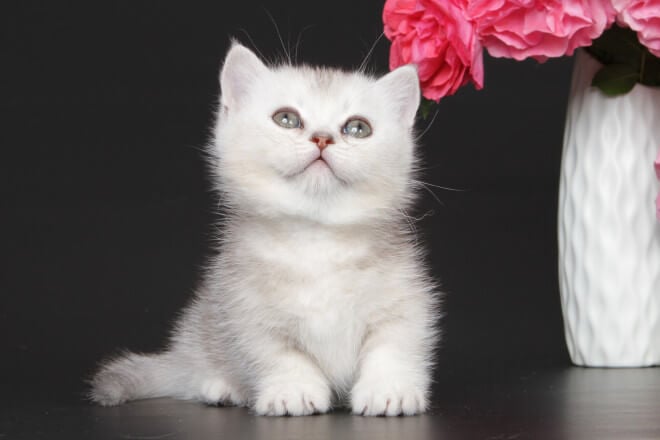
Responsible Munchkin Care
Munchkin cats require considered care as their stubby legs and special build distinguishes them from other breeds. Taking care of them is in taking care of what they need, being mindful of their health, and being wise, every single day. Because responsible munchkin care is about more than love-it’s about keeping them safe, healthy and happy for the long haul.
Essential care tips for Munchkin cats:
- Establish ramps or stairs to access high spots.
- Utilize low-sided litter boxes for simple access.
- Provide soft bedding to support joints and spine.
- Choose interactive toys that boost physical and mental activity.
- Stick to regular grooming-weekly or bi-weekly is best.
- Watch their weight with measured meals and healthy snacks.
- Visit a trusted vet familiar with Munchkin health needs.
- Brush their teeth and schedule dental cleanings.
- Avoid breeding two short-legged Munchkins together.
- Keep food, water, and litter boxes easy to reach.
Environmental Setup
Munchkin cats thrive in spaces that are easy for them to navigate. Due to their stubby legs, jumping is difficult for munchkins so ramps or steps allow them access to couches and beds without danger. Low furniture works well too. Dangers such as staircases and cluttered pathways are dangerous. Feline parents should maintain clear floors and install soft mats where kitties land.
Cats love to climb and explore and so are Munchkins. Safe climbing shelves, scratching posts and window perches let them savor their space. Just ensure platforms are down and secure. Engaging toys, such as puzzle feeders and feather wands, keep their brain occupied and help them work off energy inside.
Weight Management
Being at a healthy weight is REALLY important for Munchkins. Their distinctive shape means that additional weight can put strain on their spine and joints, worsening whatsoever lordosis or pectus excavatum they may have. Obesity may increase the risk of heart problems, such as HCM, and exacerbate other conditions, such as diabetes.
Give them quality, well-balanced meals, and use a scale or measuring cup for servings. Don’t free-feed, or too many treats-stay to mealtimes. If you’re not sure what to feed, check with a vet. Stimulate activity with everyday play, providing toys that make them run, chase or stretch. Even a few minutes of play a day does wonders.
Weight in check equals more energy, better mood and less health concerns. That’s true for all cats, but particularly special needs cats like Munchkins.
Proactive Vet Visits
Regular vet visits count. A knowledgeable vet can identify early indicators of osteochondrodysplasia or other breed-specific health concerns. Routine check ups stop problems from getting a chance to do some damage.
Develop a relationship with a Munchkin-savvy vet. Mention any changes in movement, eating, or behavior right away. Preventive care-vaccines, dental cleanings, screenings-stops little problems from becoming big ones too quickly. Plan on visits at least once a year, and more frequently if your feline has chronic care requirements.
A Personal Perspective
Having a Munchkin cat is a combination of easy pleasures and true hardships. They’re funky with their stubby legs and frisky attitude. You can understand why they’re so endearing to families and singles alike. Munchkins are kitteny well into adulthood. They pursue toys, pounce on feathers and adore playing with just about everything. These damn cats have a comical habit. They’ll periodically sit up on their back legs, similar to a prairie dog. That’s a sight that never ceases to be adorable.
Their amiable nature is a huge attraction. Munchkin cats seek to be near their humans. They request snuggles, but usually have to work out some energy beforehand. Once a good play is finished, they nestle in for a snuggle. It’s this combination of excitement and love that makes them such great pets for families with children or adults looking for a spirited partner. In my years of wrangling cats, I’ve witnessed how a Munchkin can brighten the energy in the room. They connect strongly with families, and children frequently pick up lessons on compassion and responsibility from their experience with these felines.
Munchkins are brilliant and fast to pick up new tricks. They can learn basic commands, employ puzzle toys, and some even enjoy fetch. This makes them a good match for those who want a more hands-on role in their pet’s life. Nothing like the thrill of training a Munchkin to come or fetch. It does wonders for confidence and maintains their mental acuity. This smarts is accompanied by the requirement for daily play and attention. If you leave them alone for hours, they could get bored or depressed.
Besides their body type, there are hardships. Their stumpy legs cause them to not be able to jump as high as other cats. Easy things like making it to a window perch or a bed can be more difficult. Grooming is another essential aspect of care. Since they can’t easily access certain areas, owners must assist by brushing and inspecting for mats. Consistent grooming maintains them clean and healthy. As they get older, their joints become much more important. There are a number of Munchkin cats susceptible to arthritis. Providing them with a nutritious diet and supplementing with joint supplements can assist with this. Not a solution, but it can simplify life as they mature.
Munchkin is more than a pretty face. They require nurturing, patience and time. For those considering taking one home, it’s nice to balance the ‘thrill’ with the ‘labor’. All cats have requirements, but the Munchkin’s are a bit unique. This predictability in knowing what to expect helps both the cat and the family thrive.

